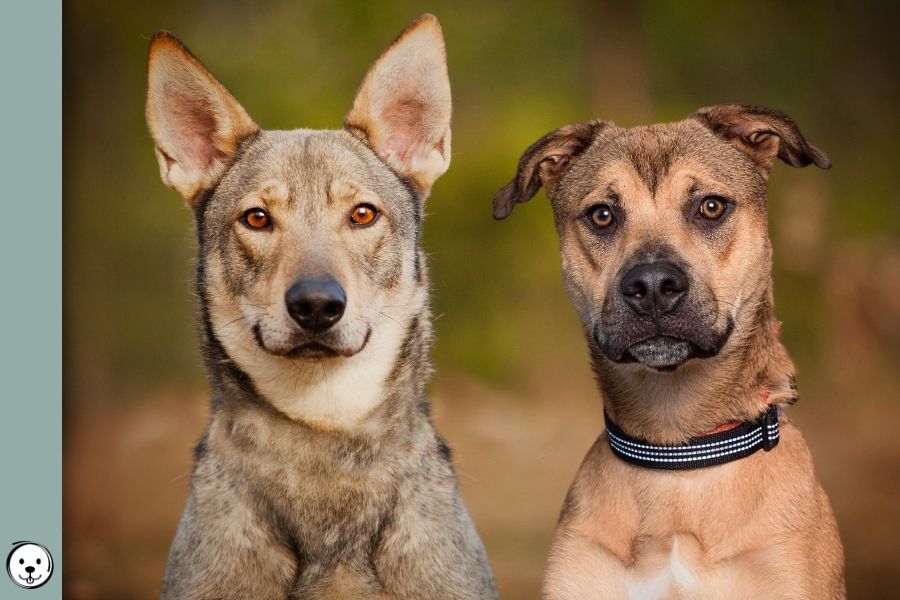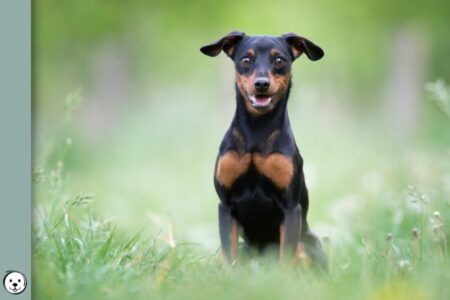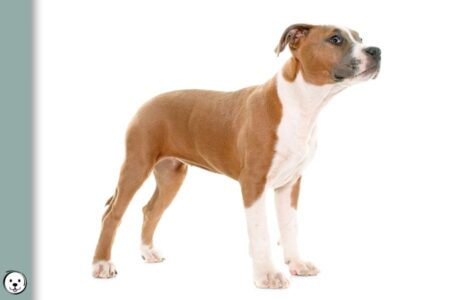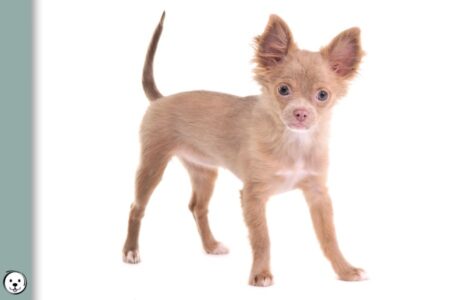What is the difference between a sable and an agouti pattern in dogs?
It’s not always easy to tell sable and agouti apart. Both patterns come with some amount of hair banding on their upper body and a lighter underside. However, the type of banding and the distribution of banded hairs throughout the coat vary slightly between the two patterns.

Overview
Agouti tends to produce wild-type hair banding with several alternating lighter and darker bands. Sable comes with increased phaeomelanin banding, often giving lighter hairs with just a dark tip.
Sable can produce minimal to heavy shading. But sable does not typically cause dark forelegs or darker face shading other than a widow’s peak (which is not unique to this pattern, by the way).


In comparison, agouti adds way more eumelanin to the coat and can cause dark goggles around the eyes and a nose bar. Dark eumelanin shading down the legs also hints at agouti.
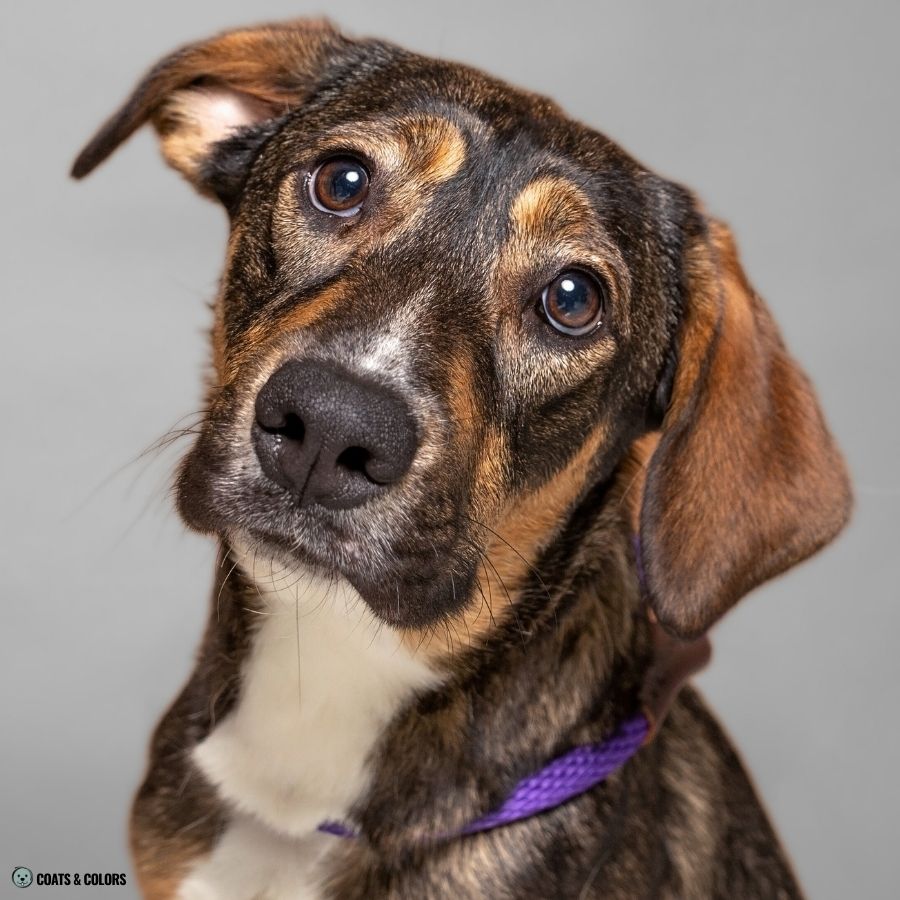
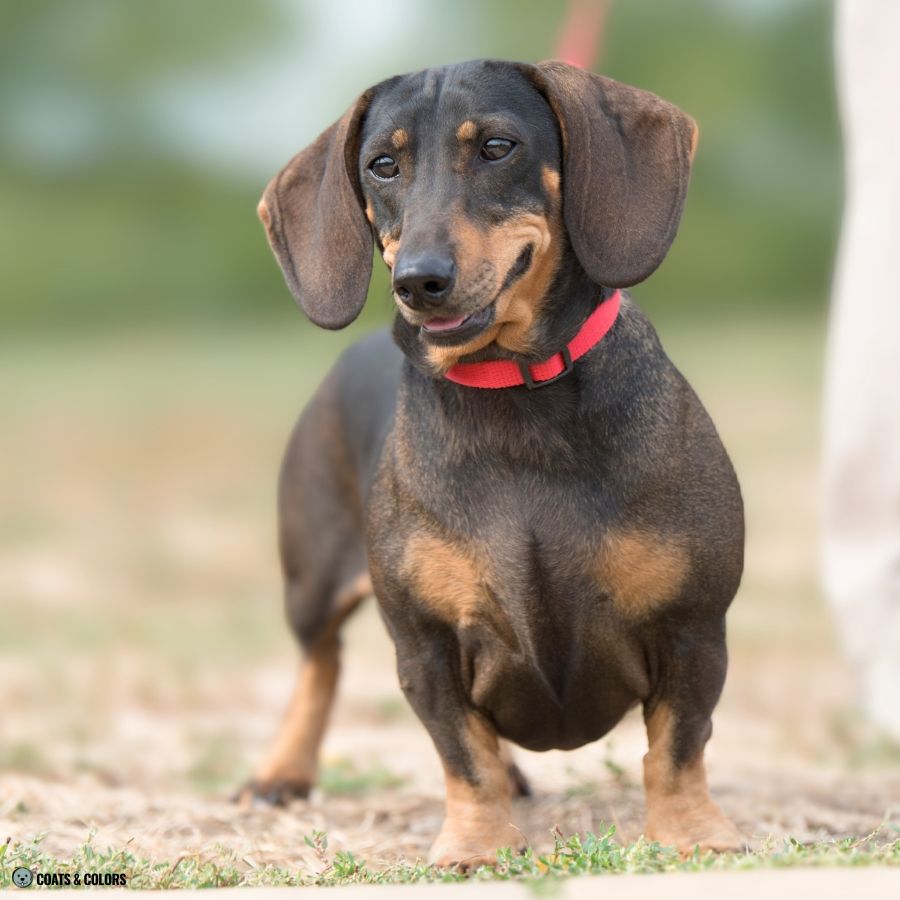
Here are some examples of clear sable, shaded sable, and agouti patterns:

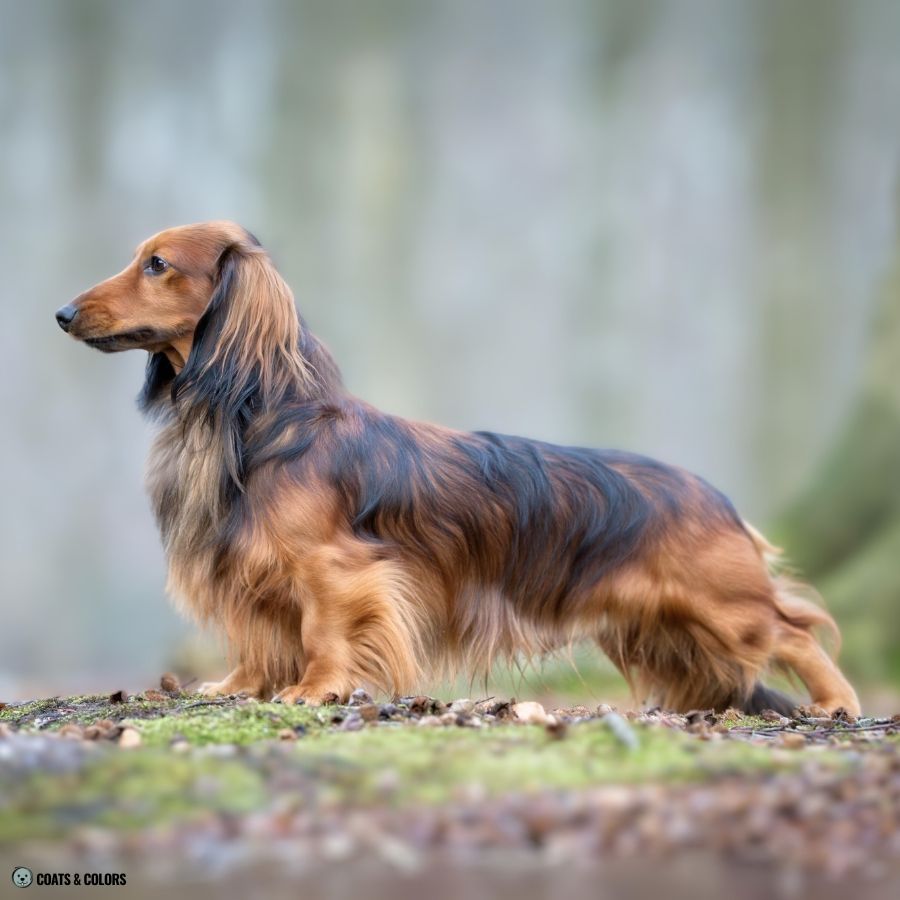
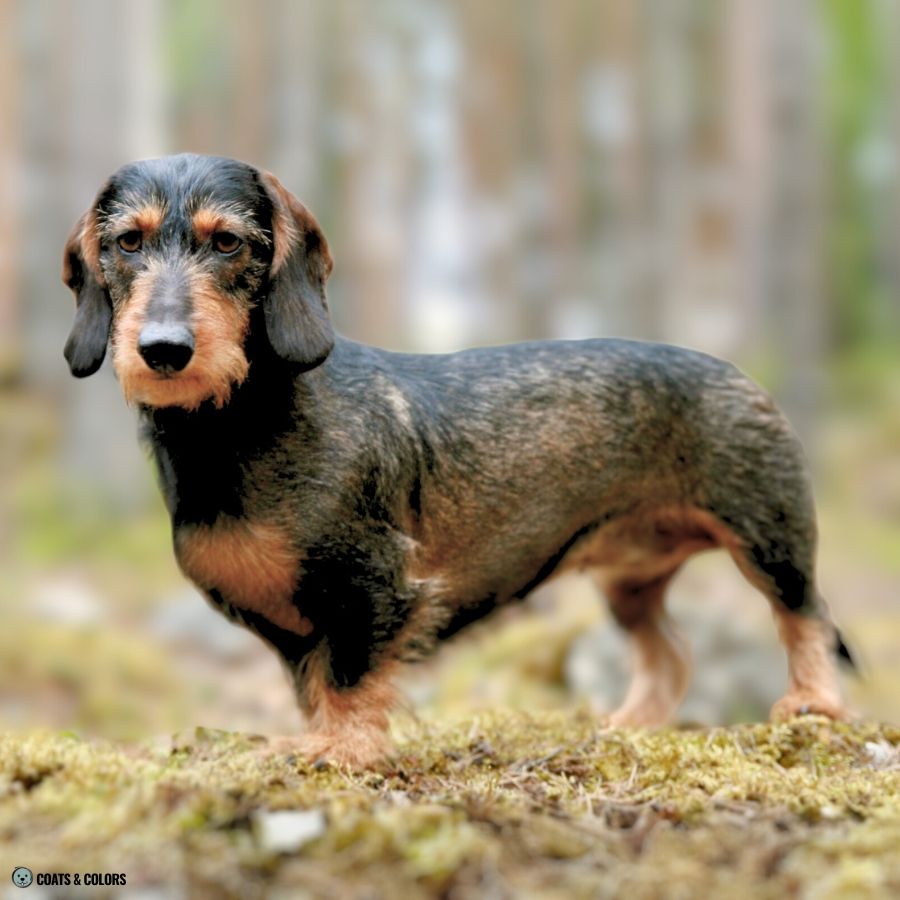

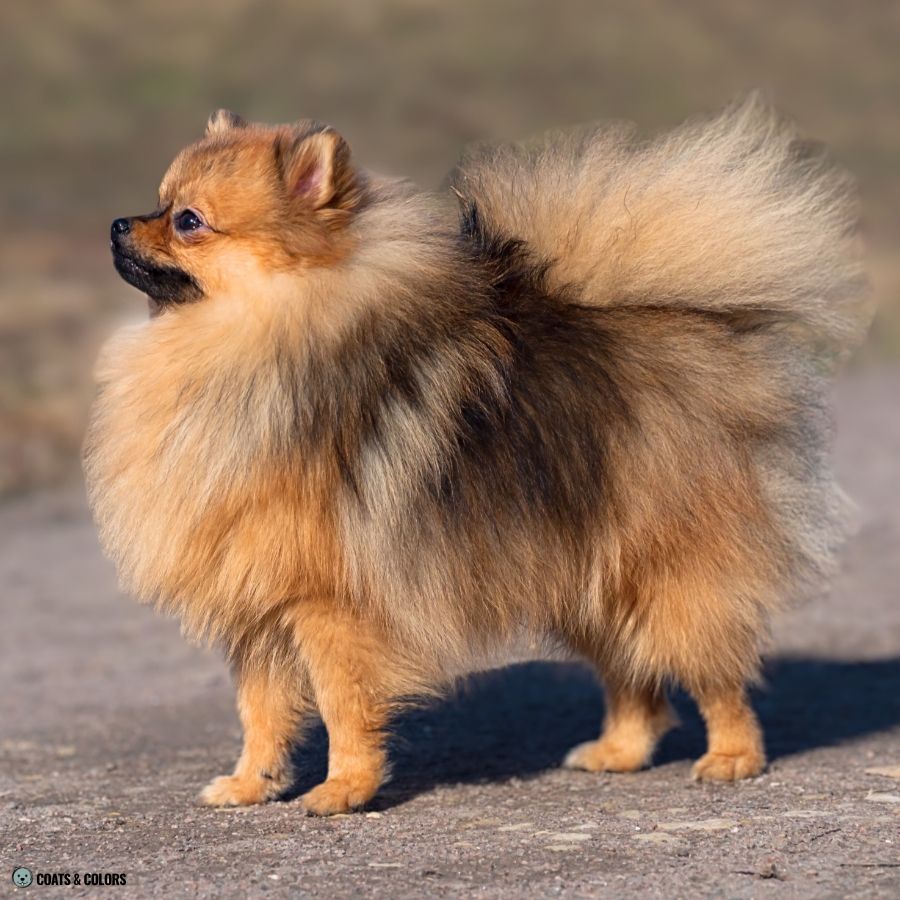
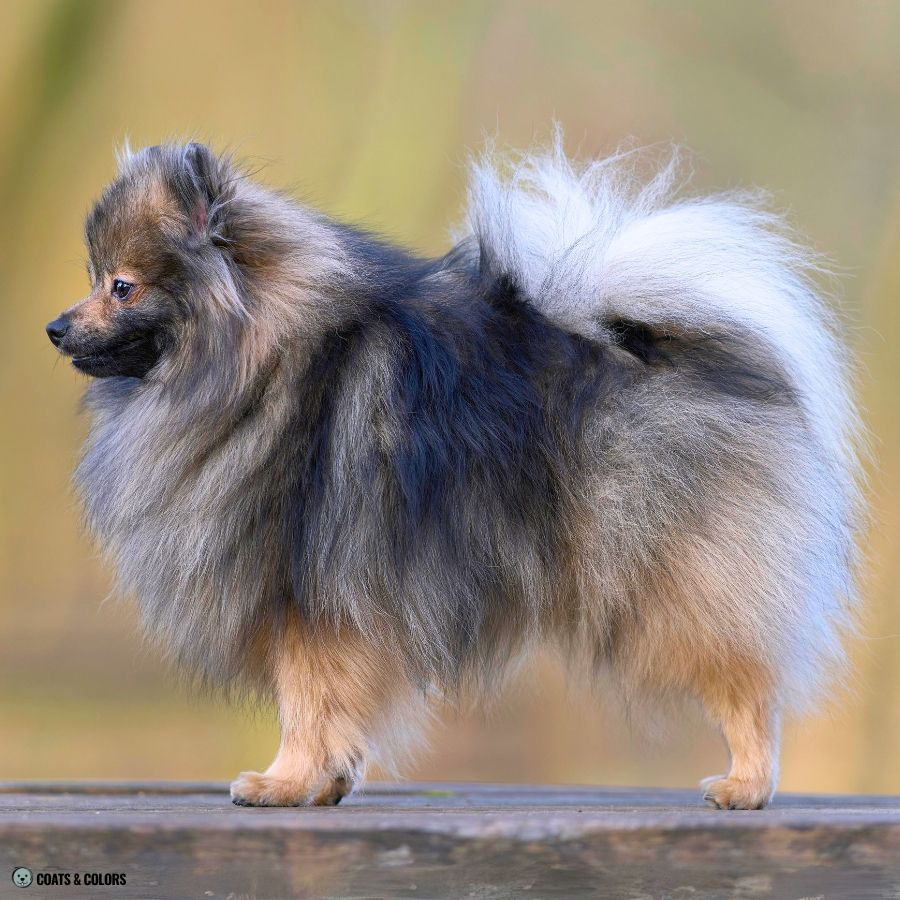

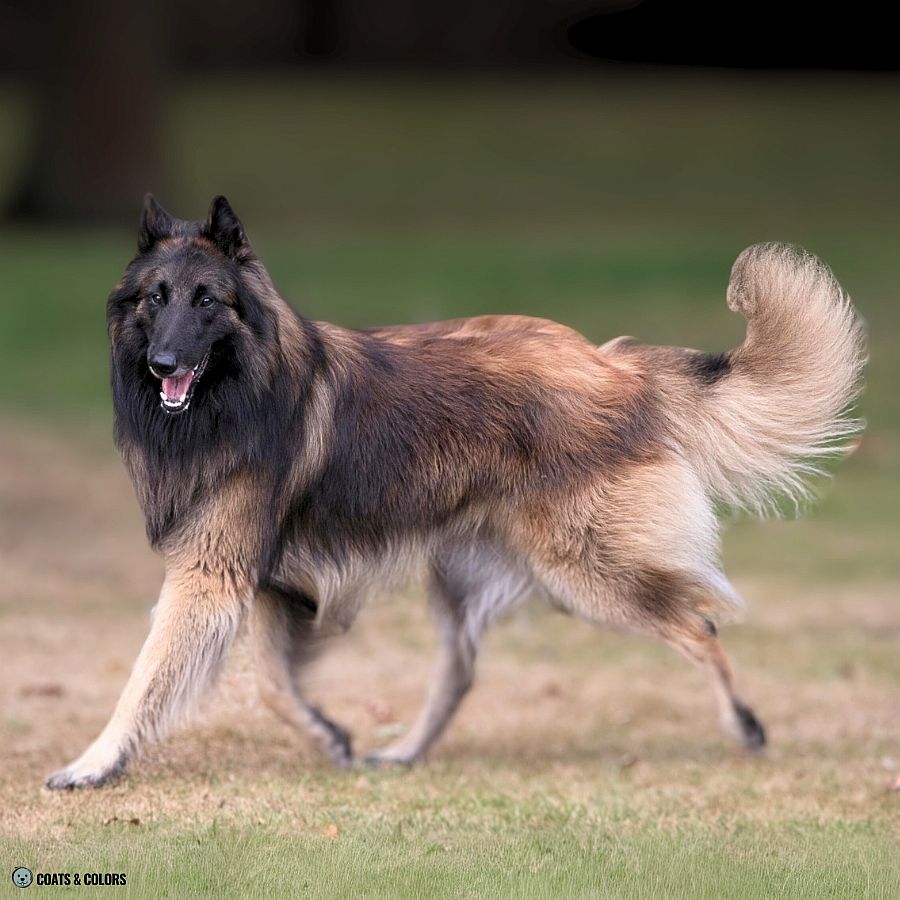
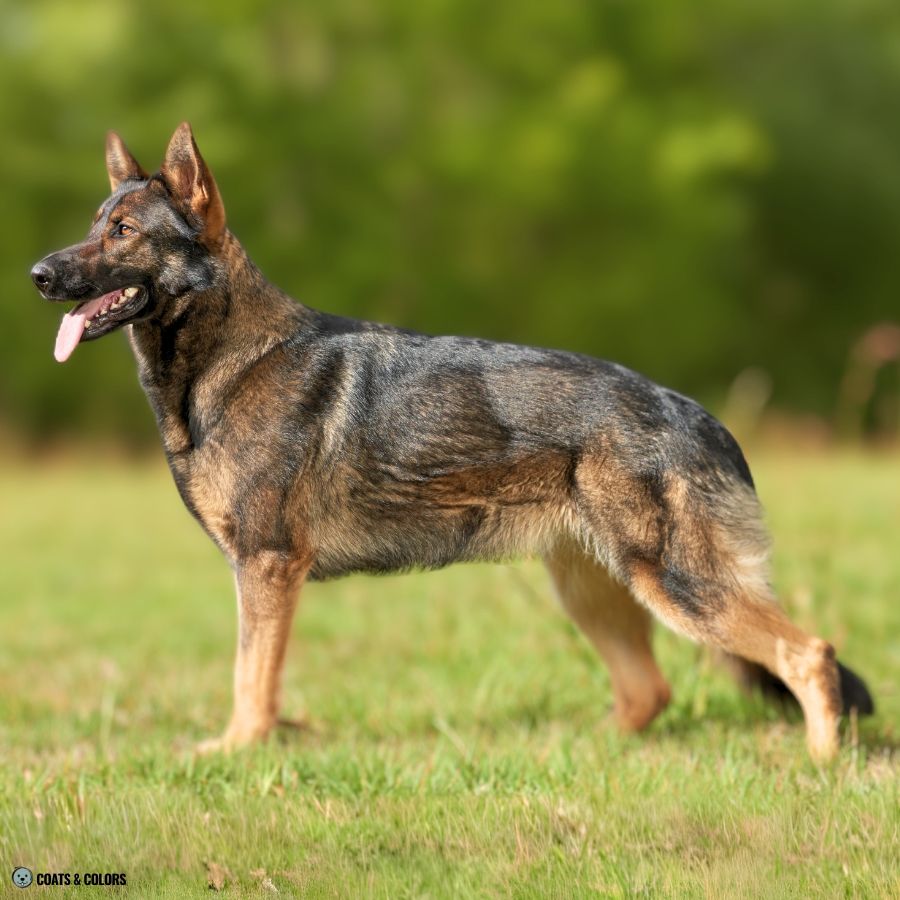
(Malinois, Tervueren, German Shepherd, all masked)
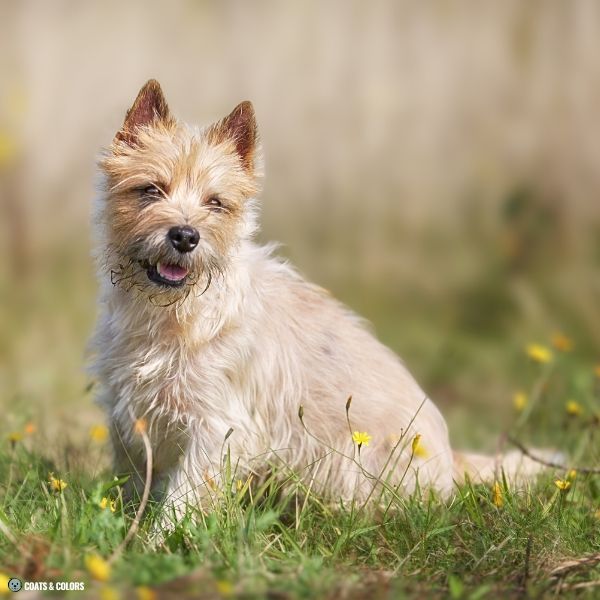
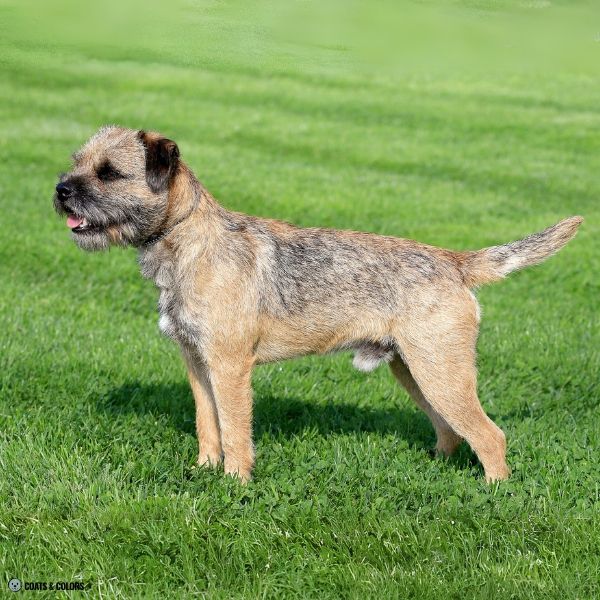

(Cairn Terrier, Border Terrier, Miniature Schnauzer)
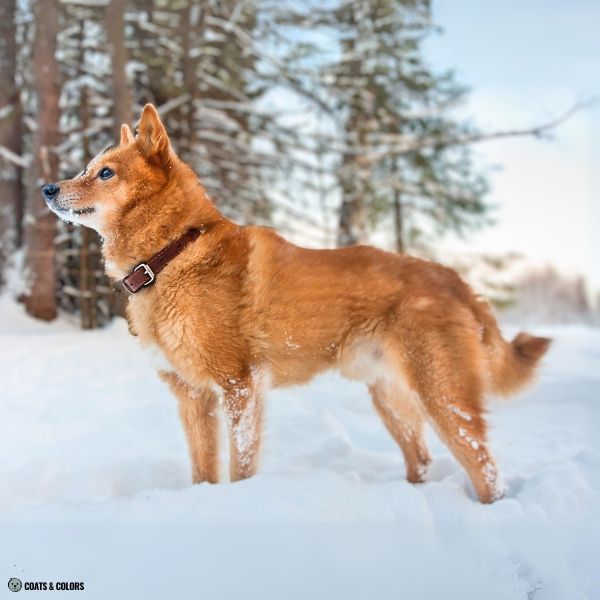
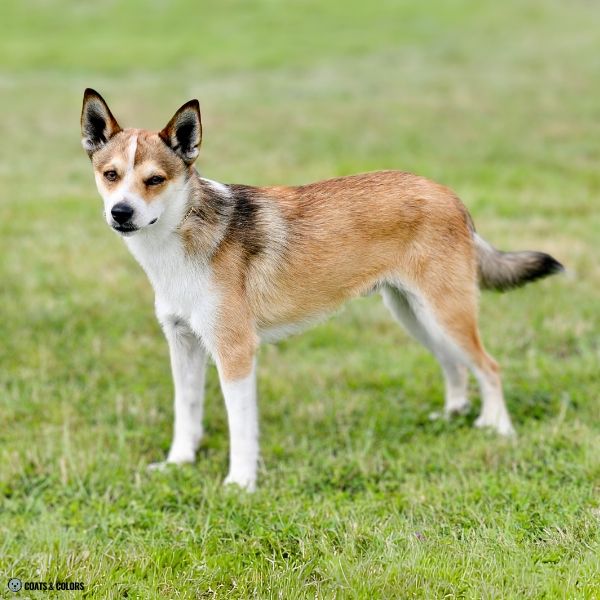
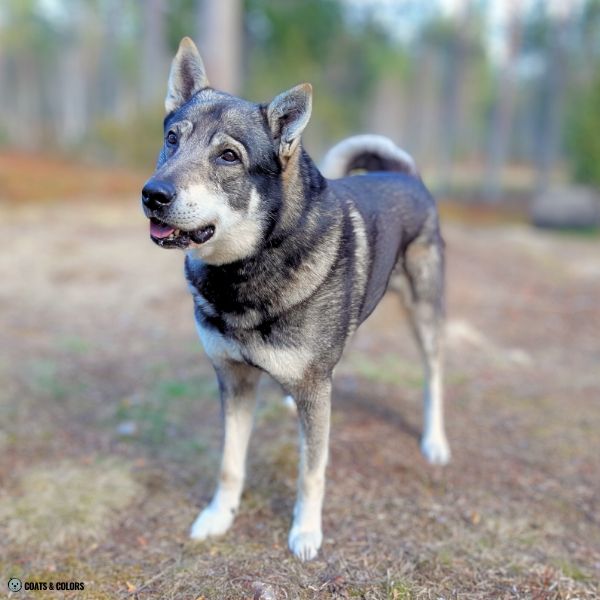
(Finnish Spitz, Norwegian Lundehund, Swedish Elkhound)
Keep in mind that both sable and agouti can vary a lot between dogs. With the A locus involved, there is always the possibility for intermediate phenotypes and some pattern overlap.
It’s relatively easy to grasp what basic sable and agouti patterns do to a dog’s coat color. But recognizing them can still be hard at first, especially when other traits are involved.
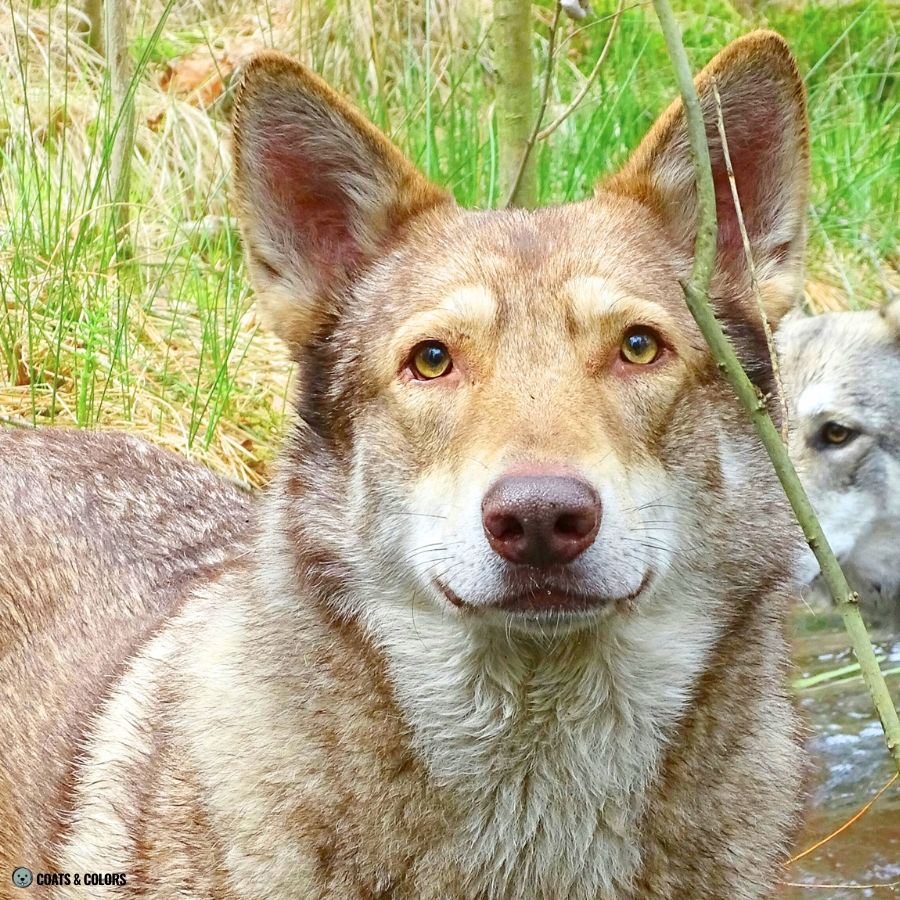

To make an educated guess, you need to know what sable and agouti should typically should look like.
Also, be aware of breed terms. For example, German Shepherd Dogs named their agouti patterns “sable“. And English Cocker Spaniels have their own version of a sable-like pattern (KB domino).
Hair Banding
Sable and agouti are similar patterns that cause banding of individual hairs.
The main difference is the extended phaeomelanin banding in sable coats.
Sables have a version of hair banding that favors phaeomelanin.
Agoutis produce more evenly banded hairs. Sables produce mostly only dark-tipped hairs.

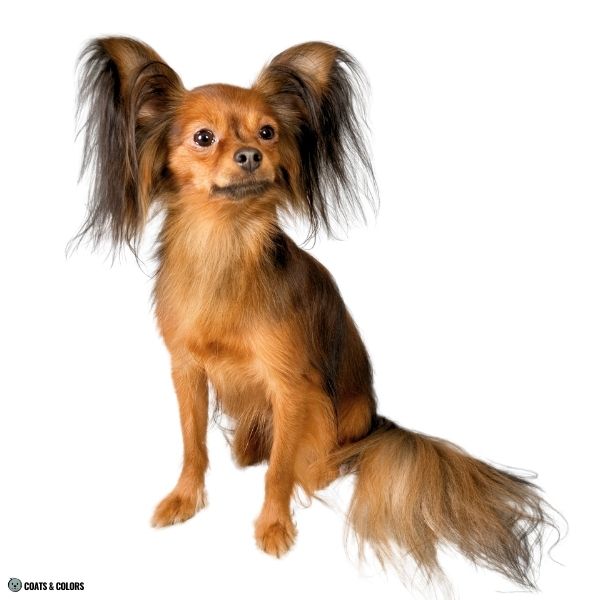
But not every hair on an agouti will be super heavily banded.
And not every hair on a sable dog will have a pale root with just a dark tip.
Both patterns can come with some amount of pale or dark roots and some banded, tipped, or solid hairs. It’s usually most telling to have a close look at the banding pattern on your dog’s back.
Agouti can (but not always does) produce darker patterns even in shorthaired dogs.
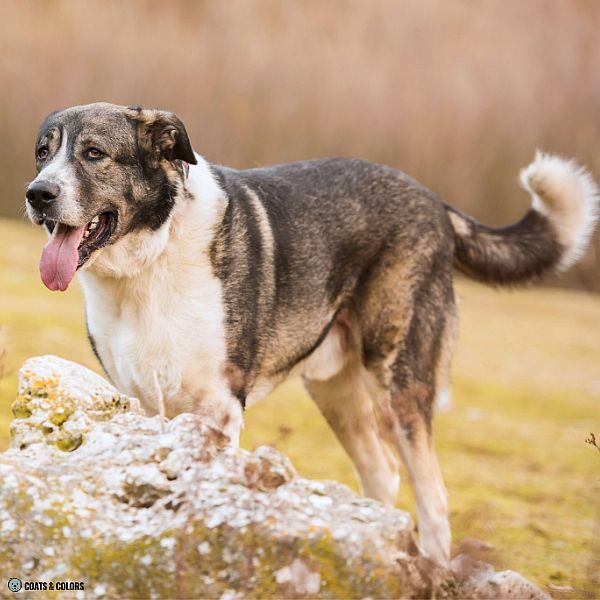

In comparison, sabling is most pronounced in longhaired dogs.
The hair tipping on short hairs can only add up to so much black.
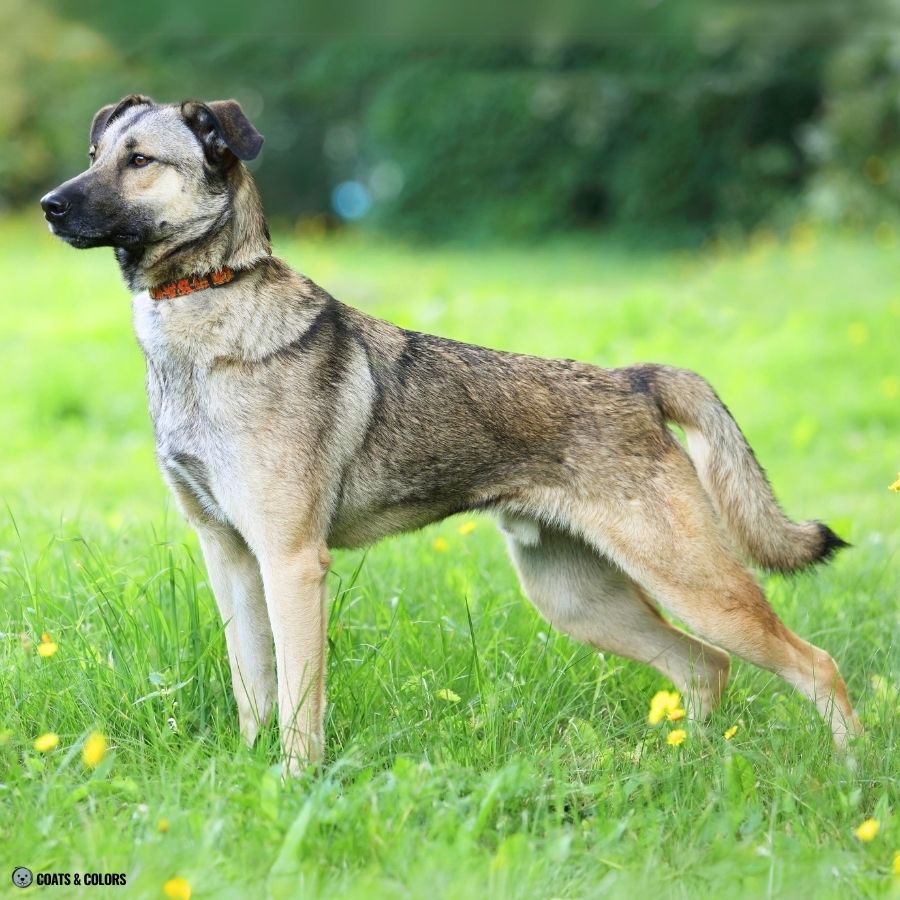
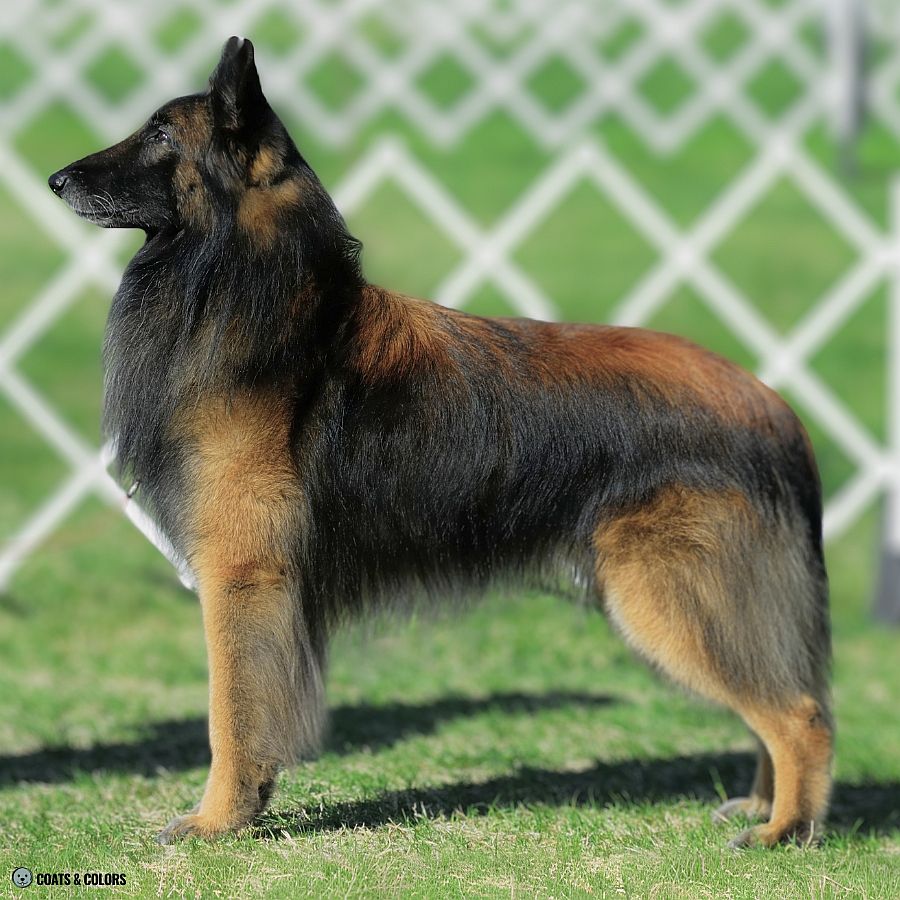
Face Markings
The amount of black pigment coming down the forehead can be one of the distinguishing features by which agouti and sable can be identified.
This requires, of course, that the dog does not have a mask (Em/-) covering all its facial markings!
Agouti always includes some dark eumelanin face shading.
Typical agouti markings include a dark nose bar on top of the muzzle and some dark shading under the eyes, often forming what’s called spectacles or goggles or eye shadow.
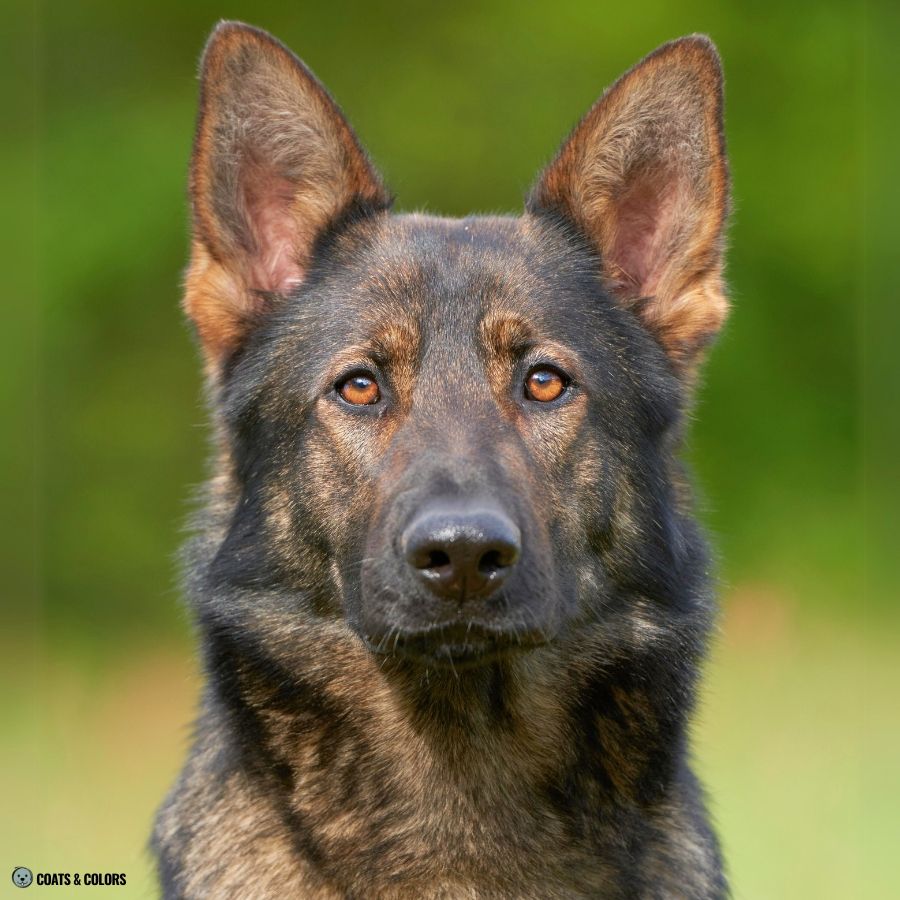
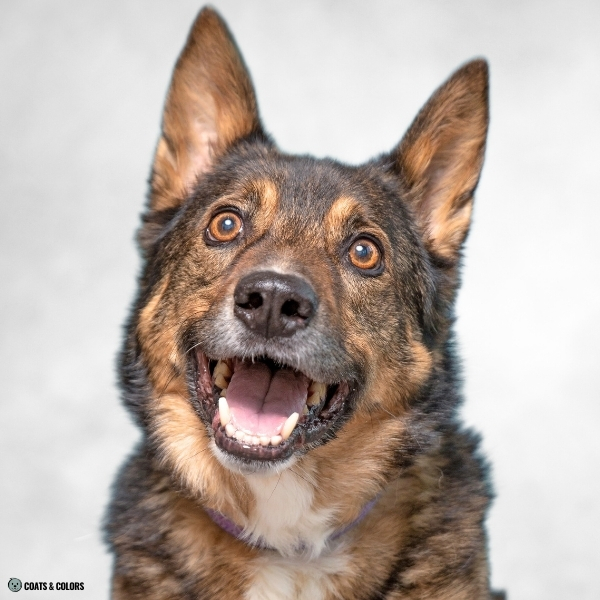

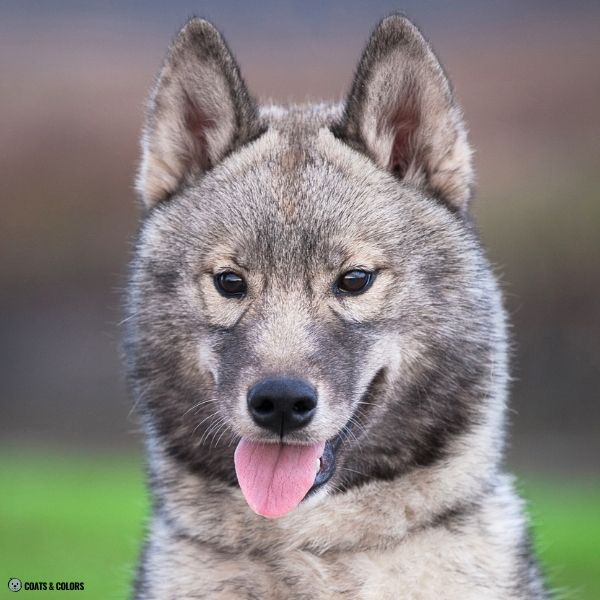

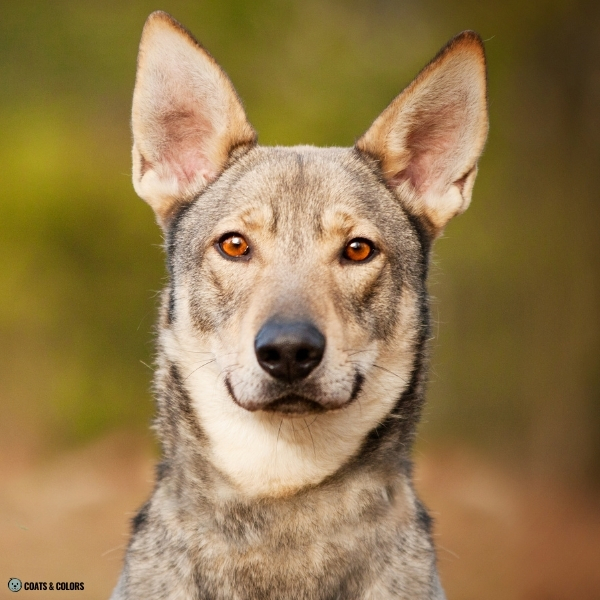
Sables typically have clear tan faces (at least when not Em/- masked or kbr/- brindled).
Even heavy shading will give just a widow’s peak to the dog’s forehead and usually no black below that. Some dogs do not have a pointed widow’s peak, but their shading gradually fades towards the nose.
Sable can also add some dark ear shading, especially in longhaired dogs.
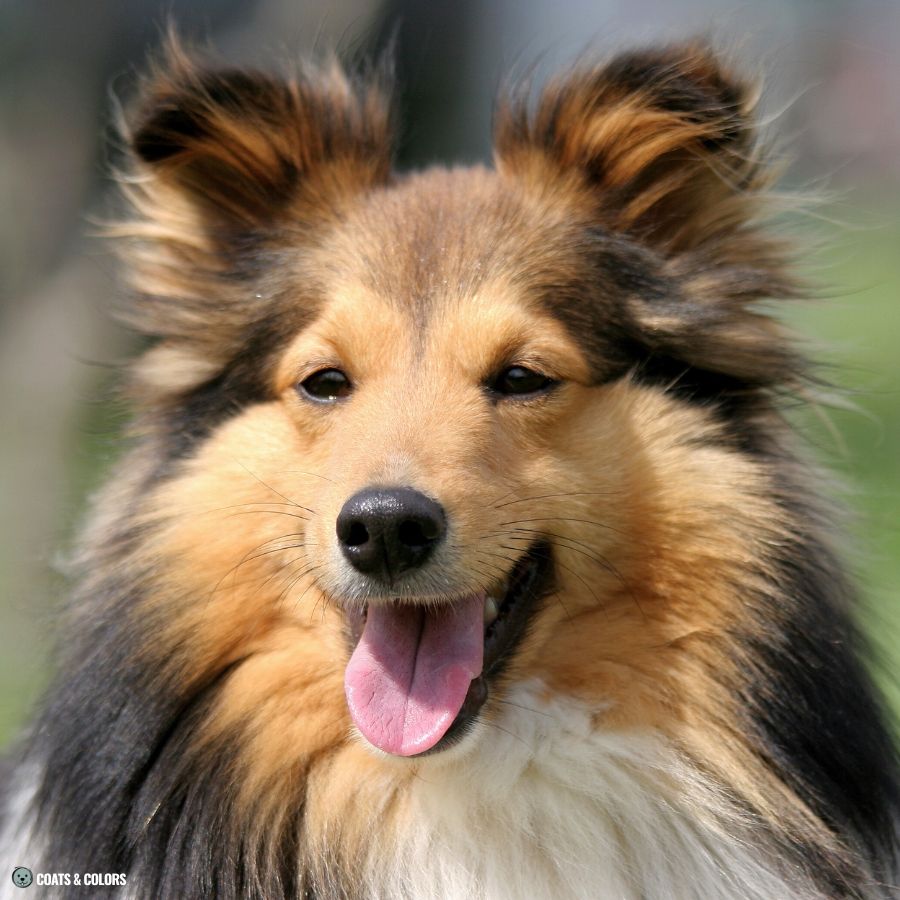
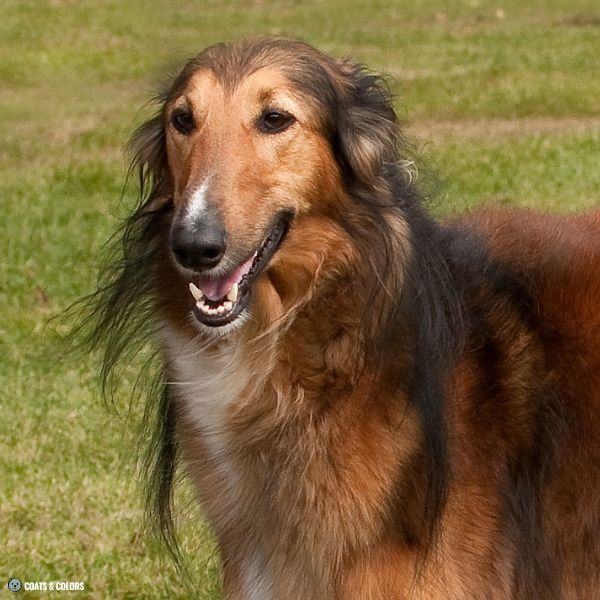
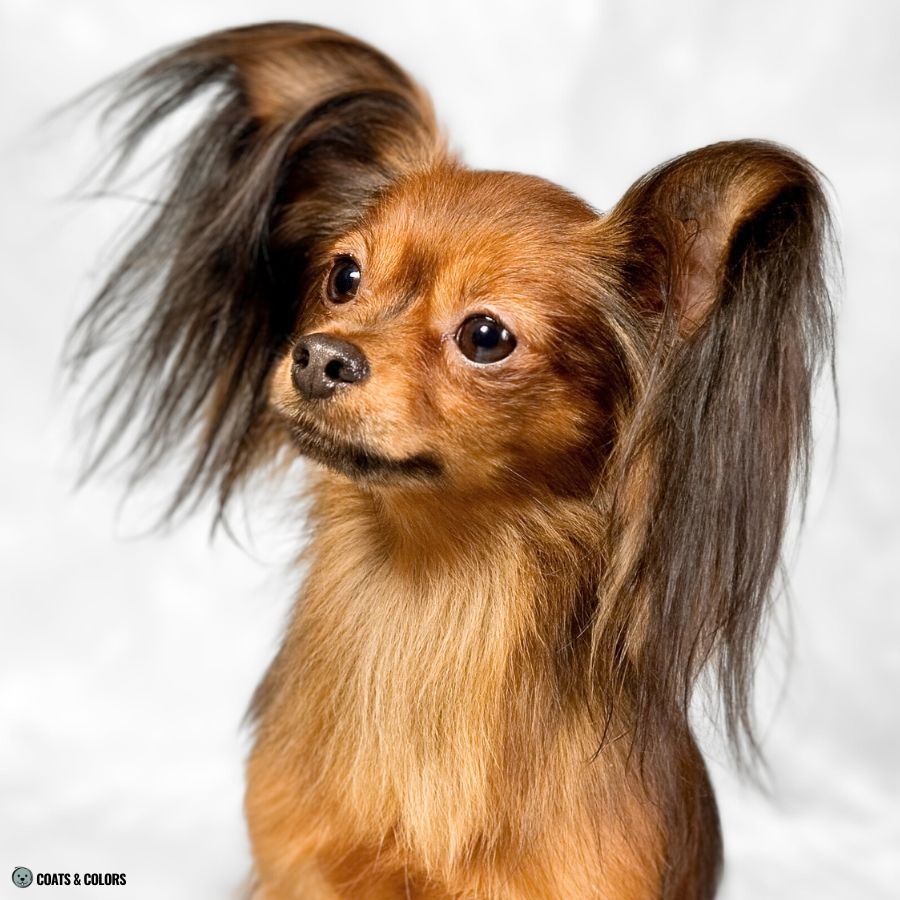
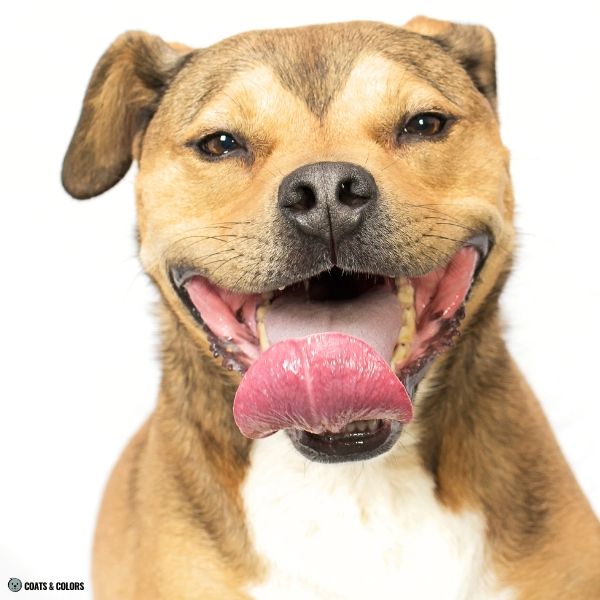

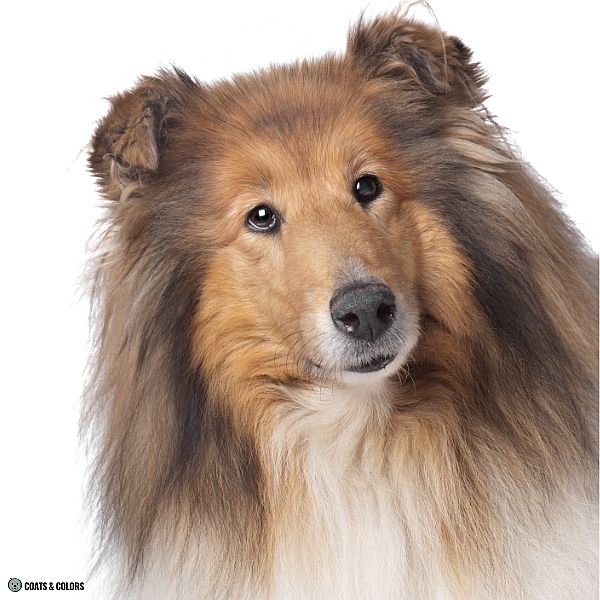
Face markings in both patterns can be light to heavy. And there is some pattern overlap in intermediate A locus phenotypes (think Ay/a or aw/at). Some heavily shaded sables may show a super faint hint of a nose bar or some very faint dark shadow under the eyes or on the legs.

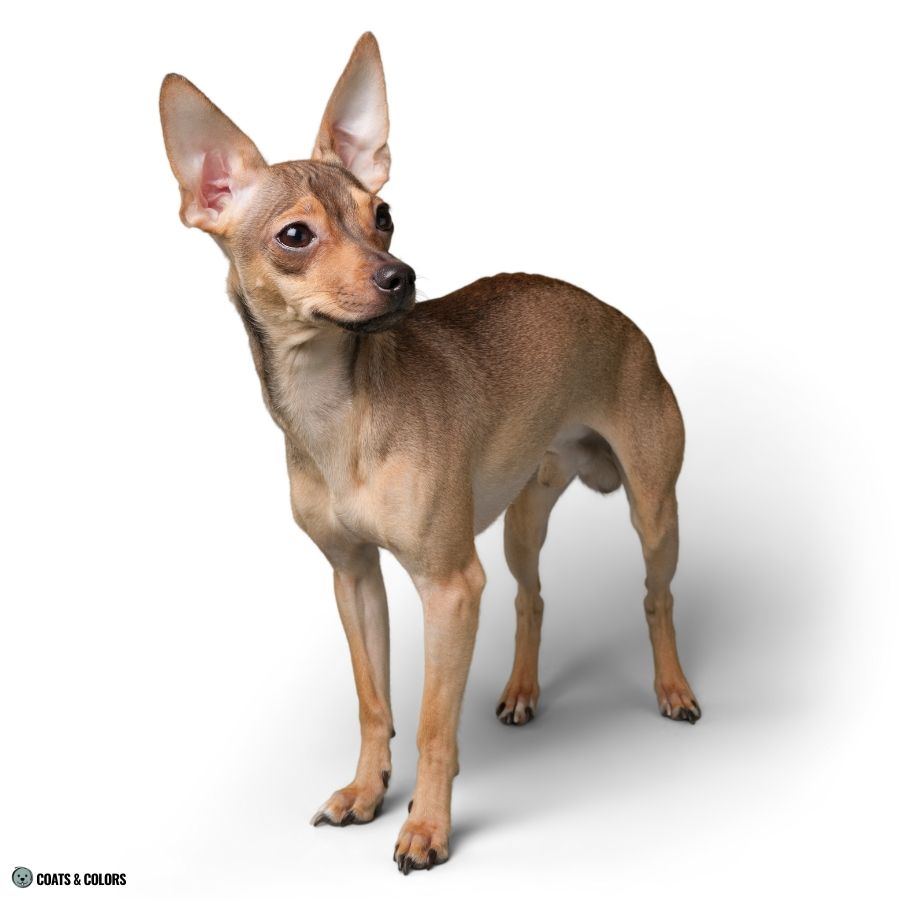
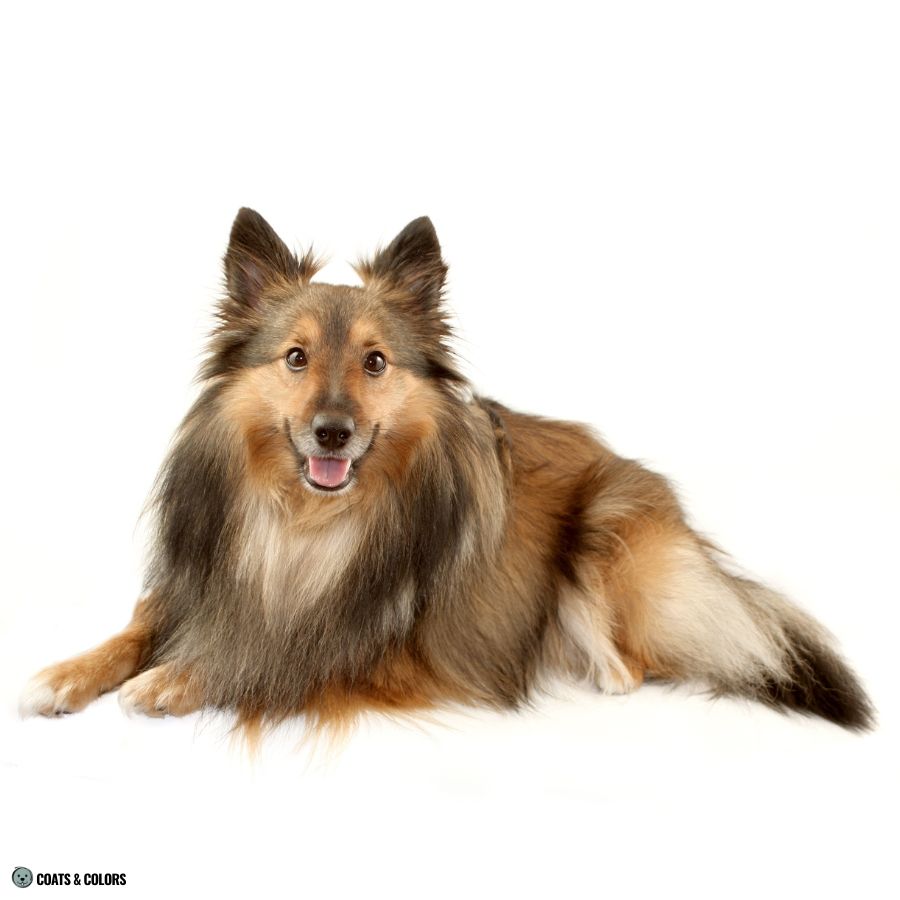
Both shaded sable and agouti puppies are born with dark shading on their face and body. However, around 3 weeks of age, the sable face markings should begin to fade while agoutis stays darker.
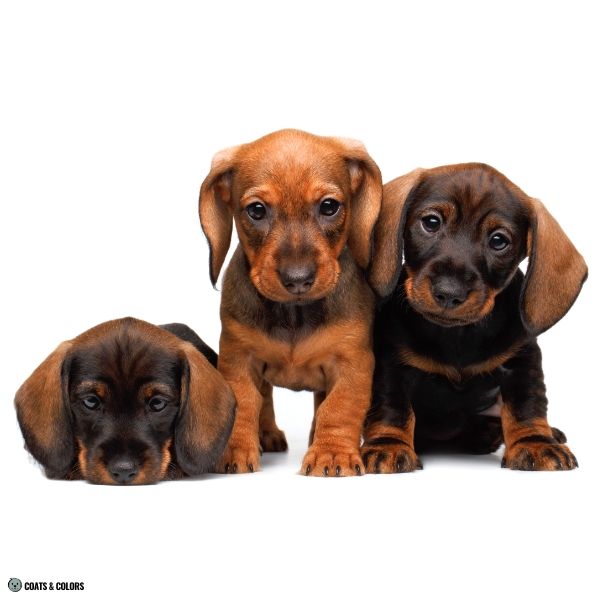
But it can take a while before all shading has completely cleared from a young sable puppy’s face. Don’t confuse residual dark face markings in young sable puppies with real agouti face shading.
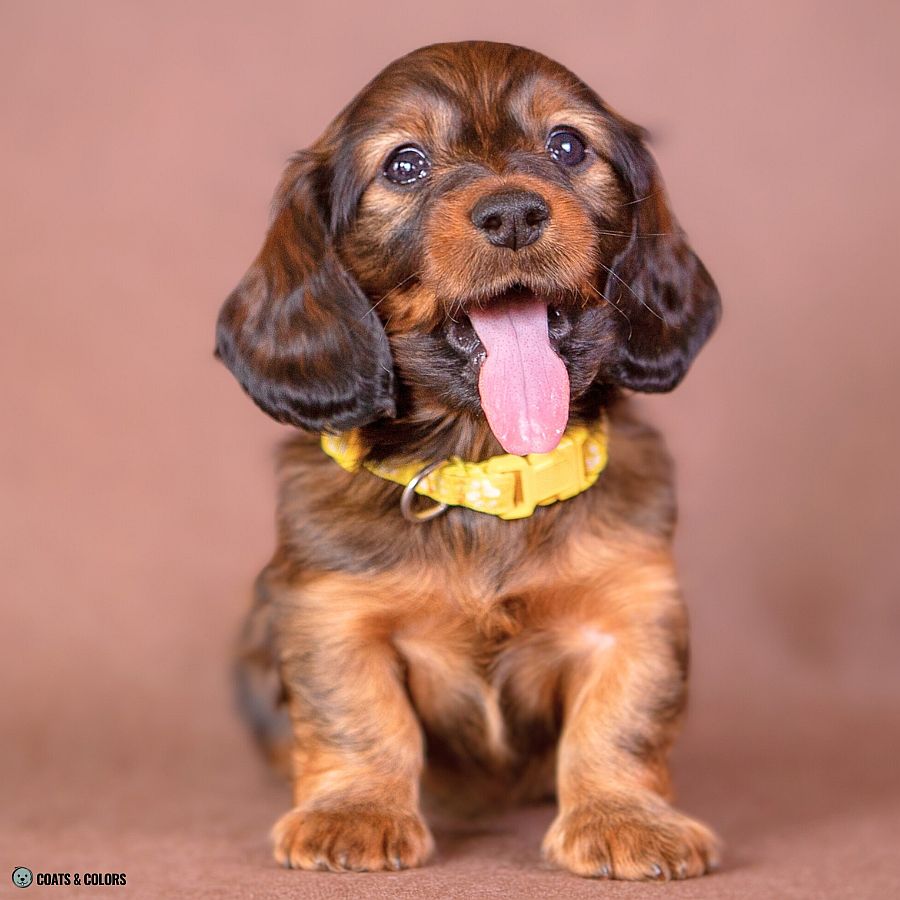
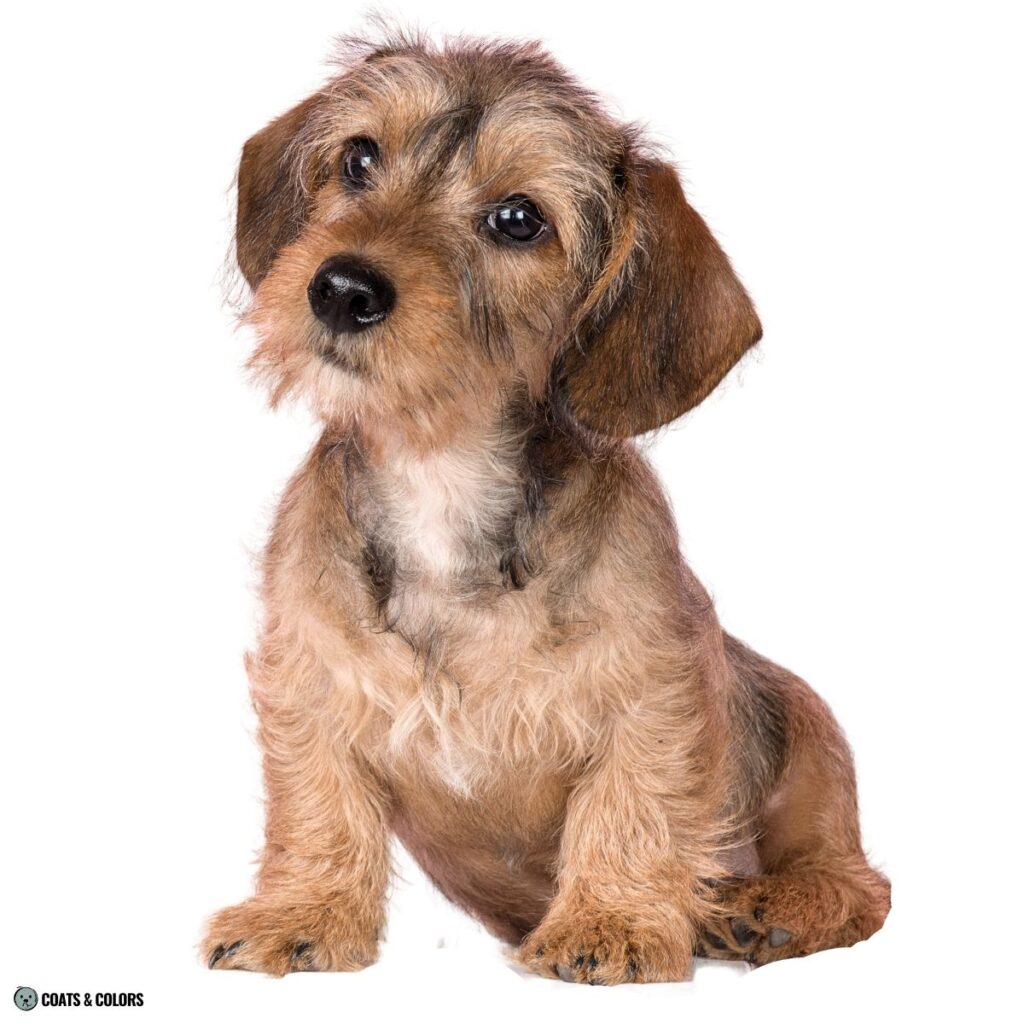
Color Placement
What sets a sable apart from an agouti is not only the weaker banding with larger pheomelanin bands and the different face markings but also the general distribution of banded hairs in the coat.
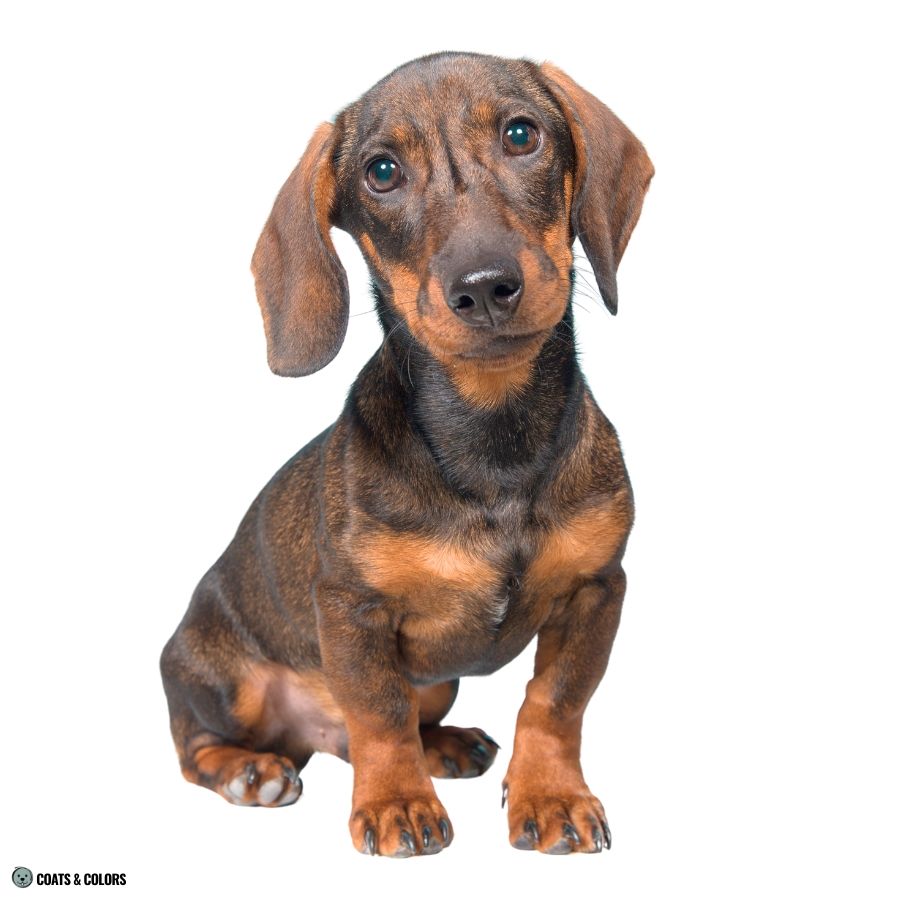
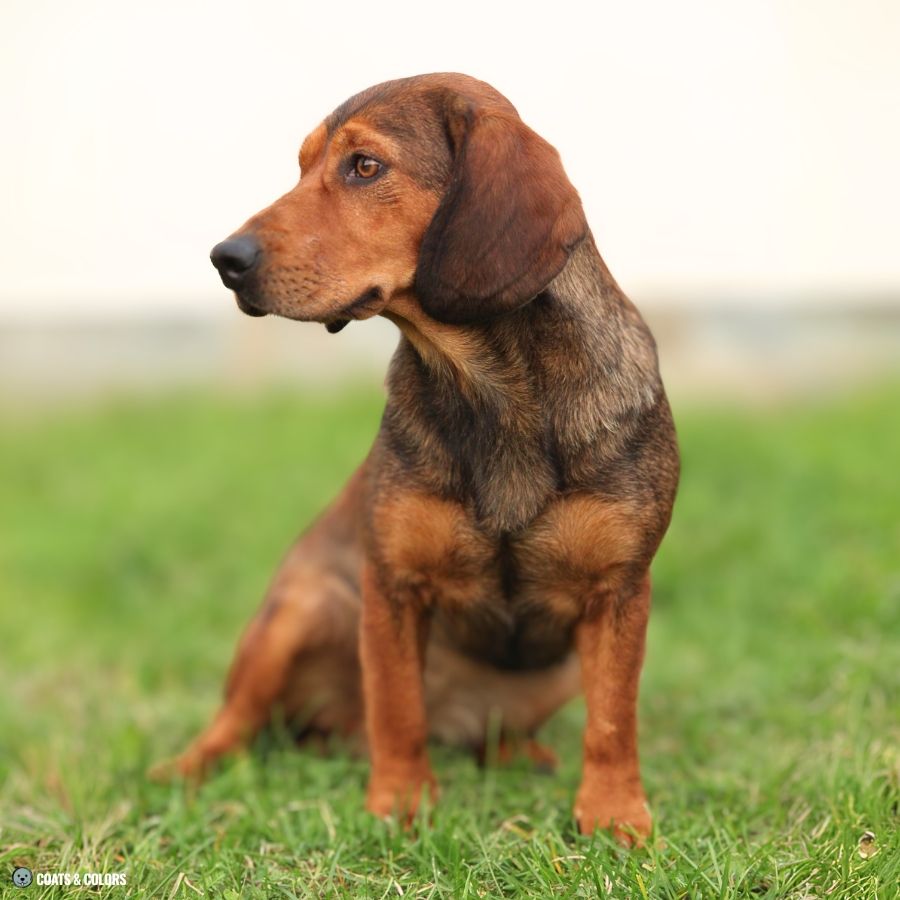
There is a common misbelief that a very dark pattern means agouti and a lighter pattern means sable. But it does not work that way, you can not just go by how dark a dog looks.
Both patterns can come in lighter to heavily shaded versions.
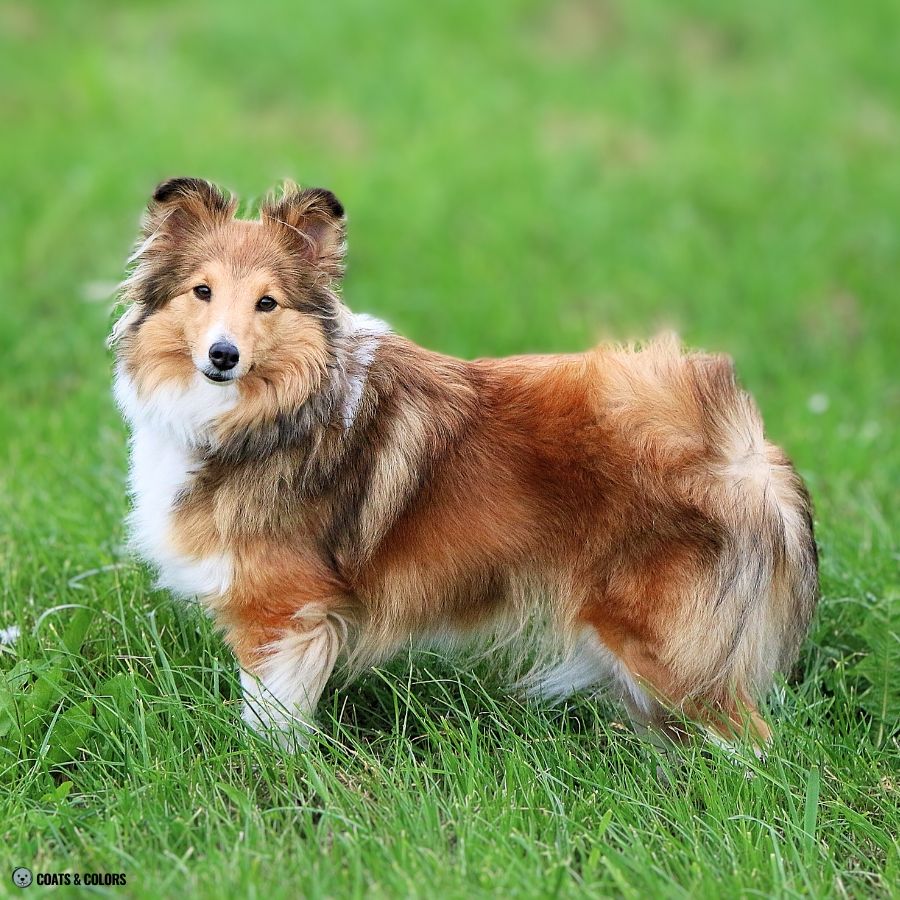

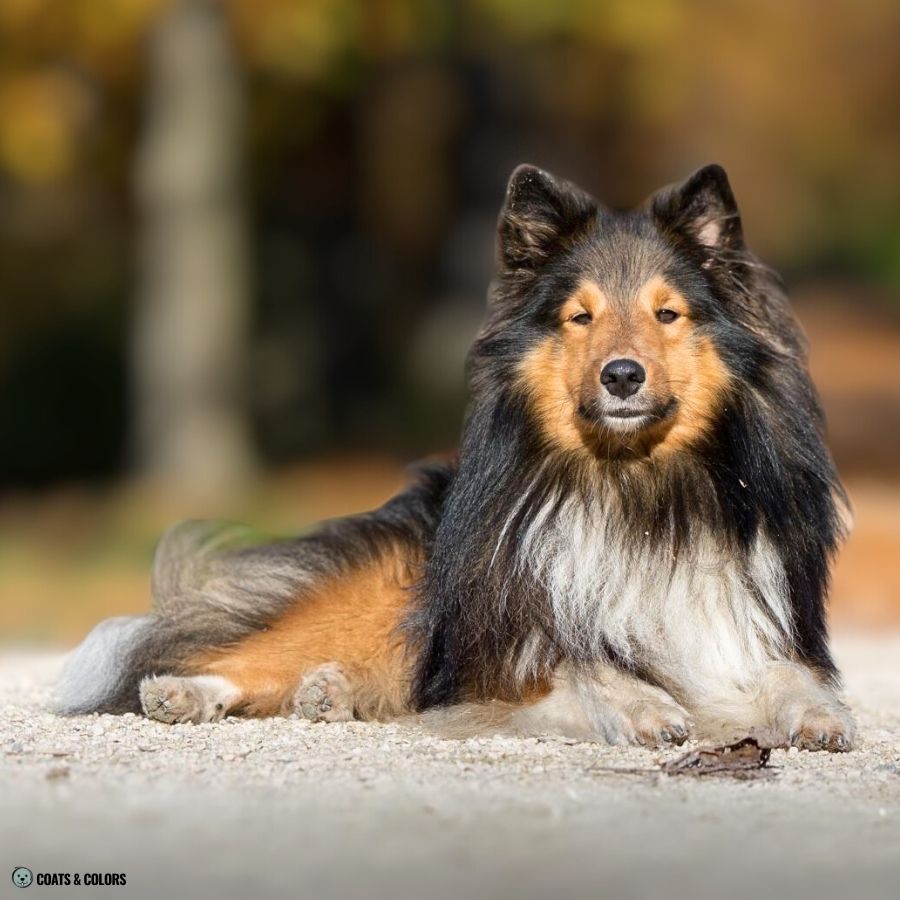
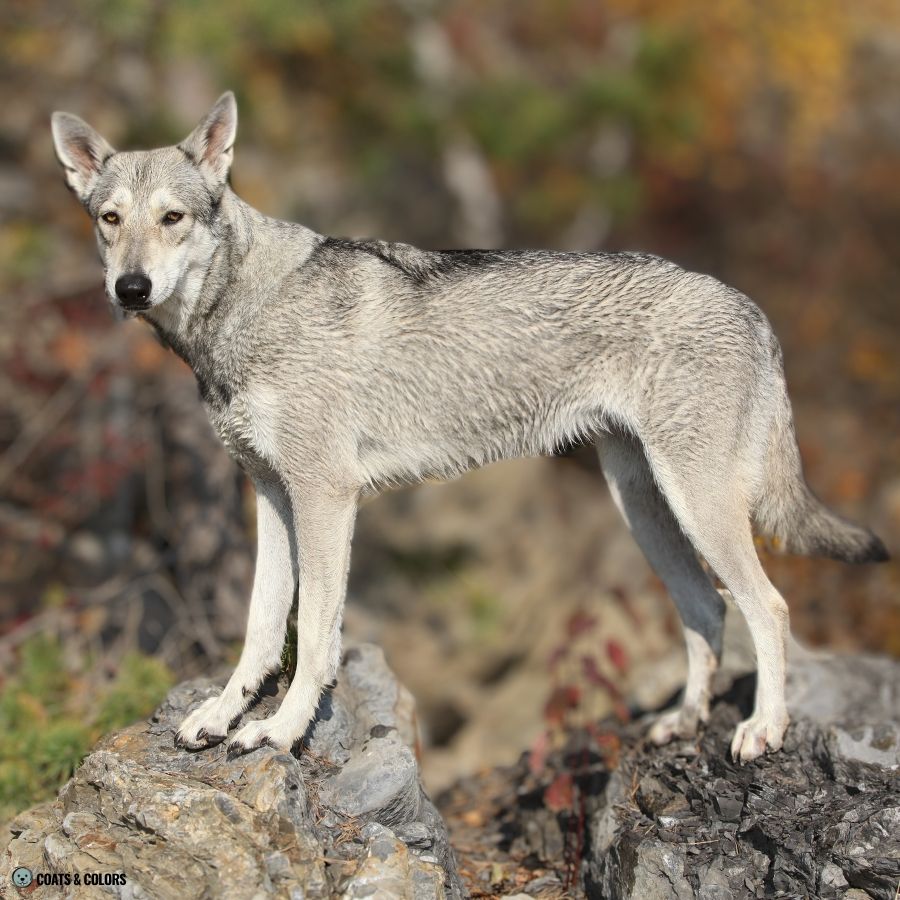
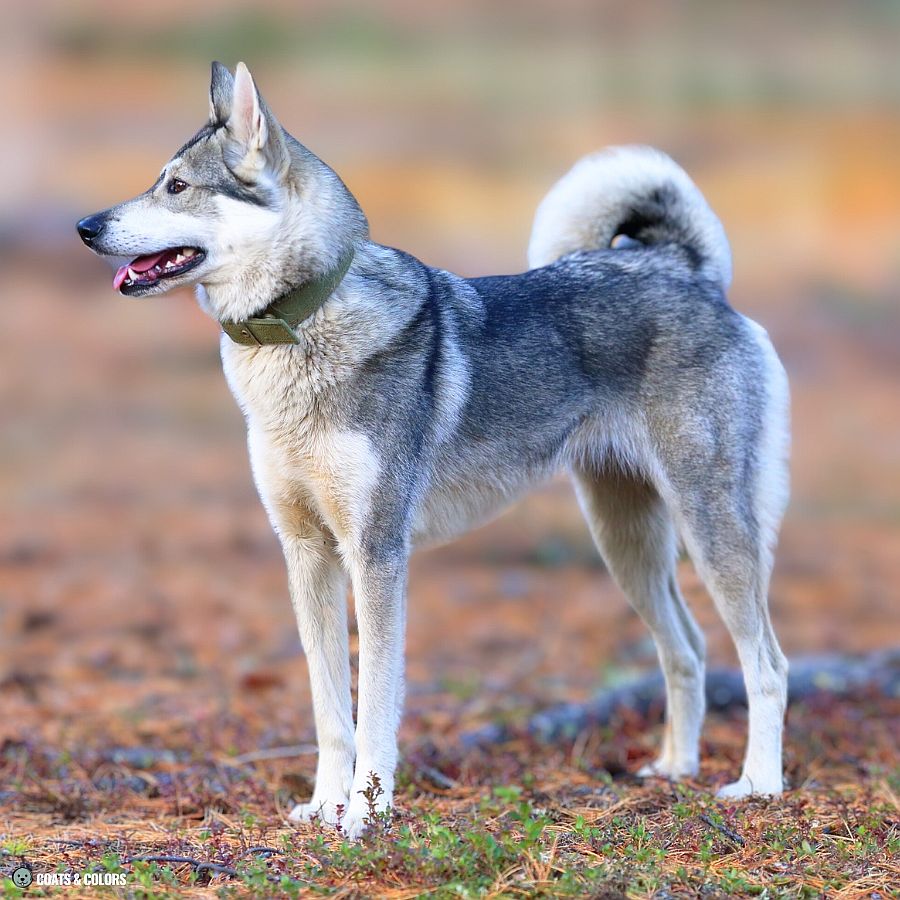

However, some typical features set both patterns apart.
You can expect the banded coat in an agouti pattern to follow the distribution of black areas in a tan point pattern. This includes a telltale sign of agouti, the dark shading down the outer forelegs.
Eumelanin shading down the legs can be really subtle or very pronounced.
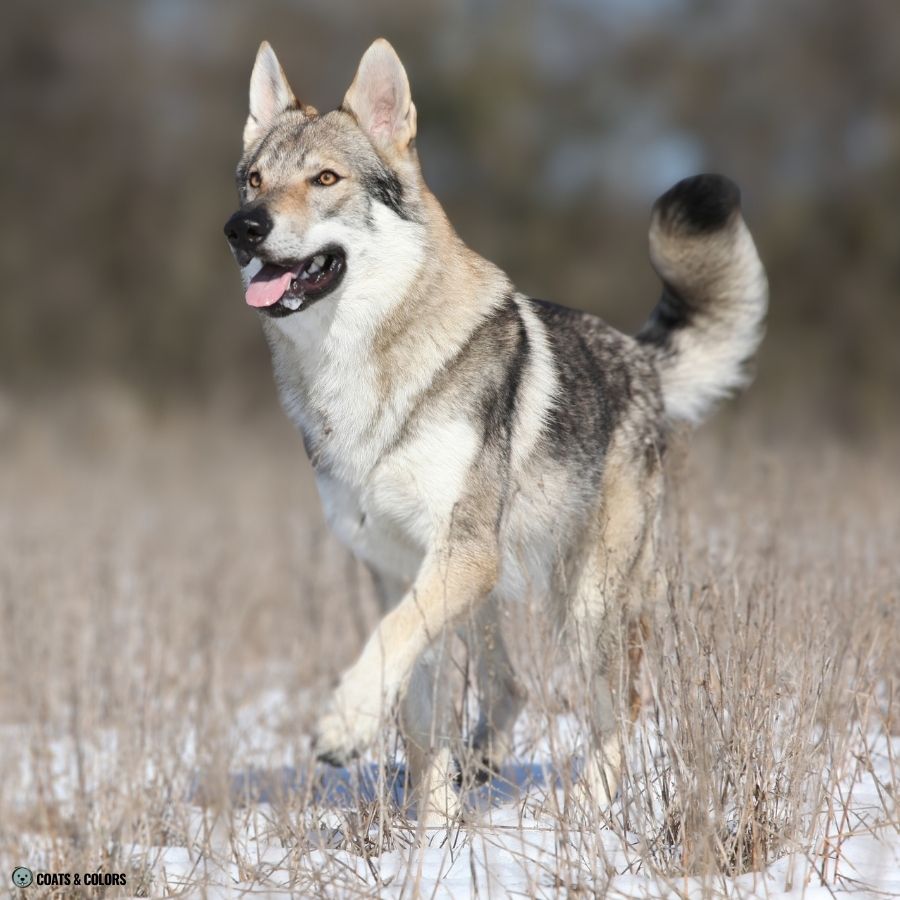
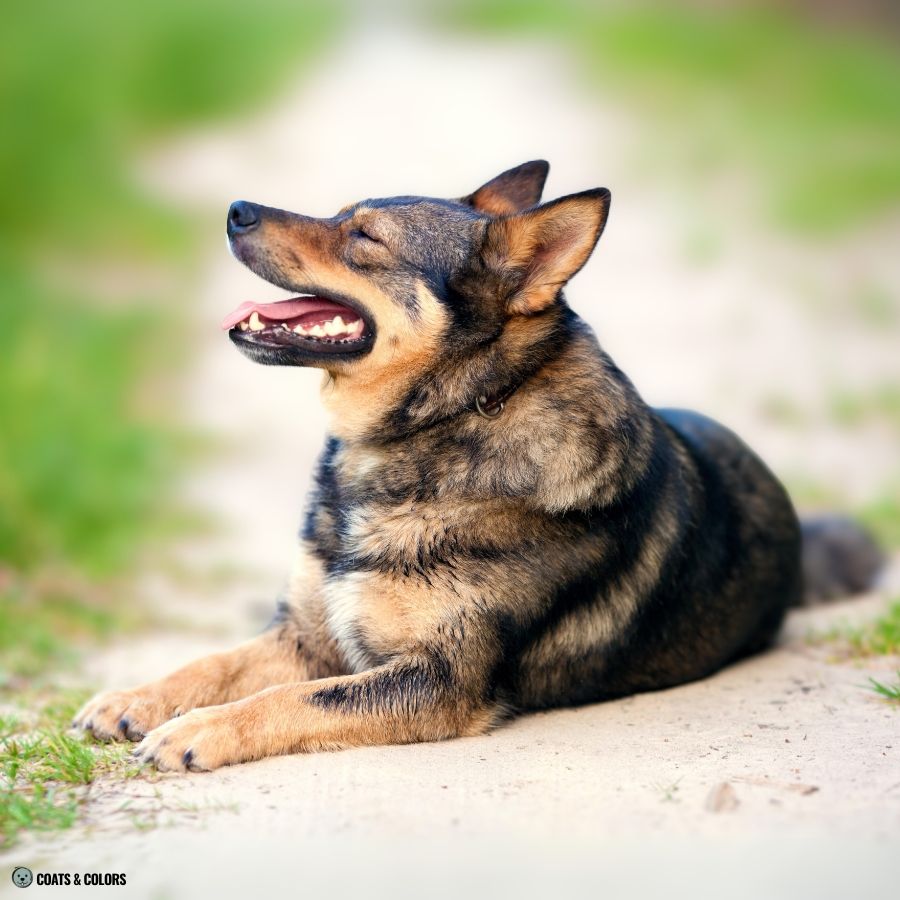
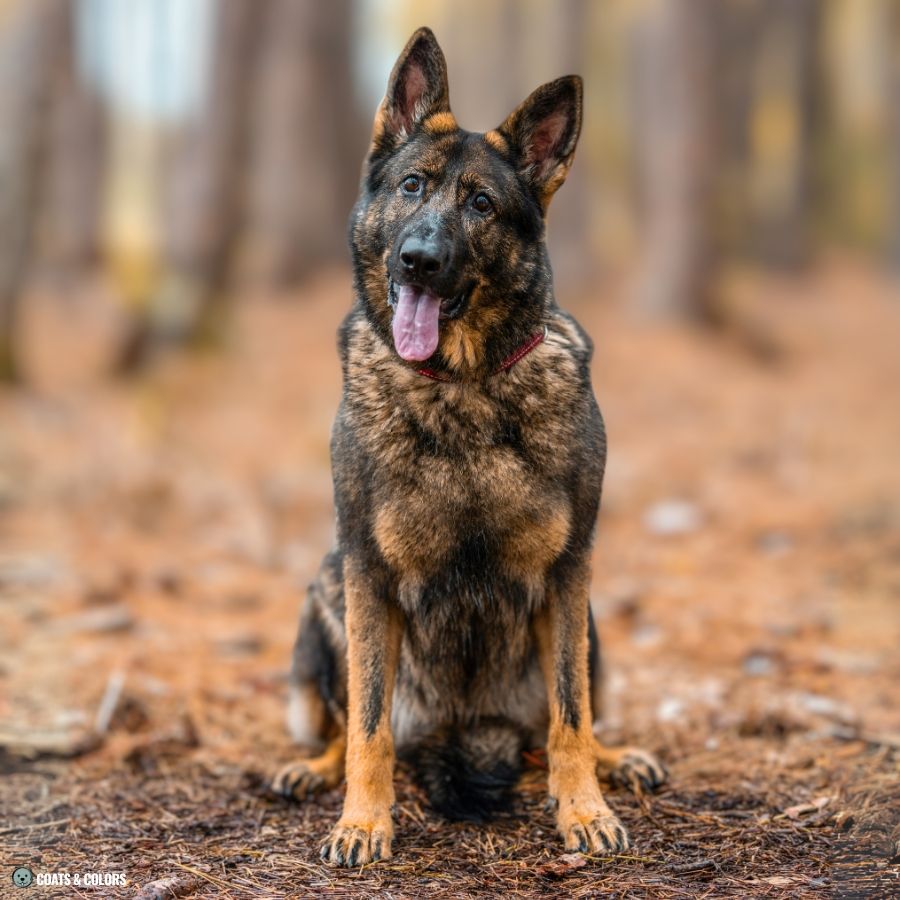
Sabling can produce a dark collar but usually gives clear tan forelegs, at least in shorthaired dogs. Heavily shaded longhaired dogs may also have lots of darker hair lengths running down the body.
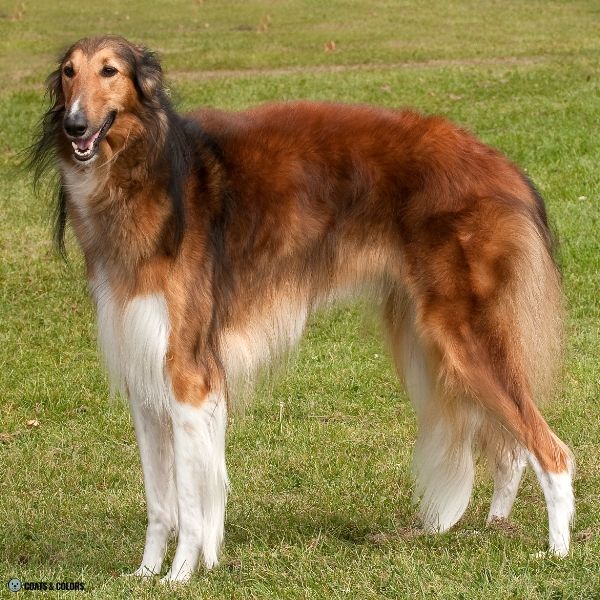

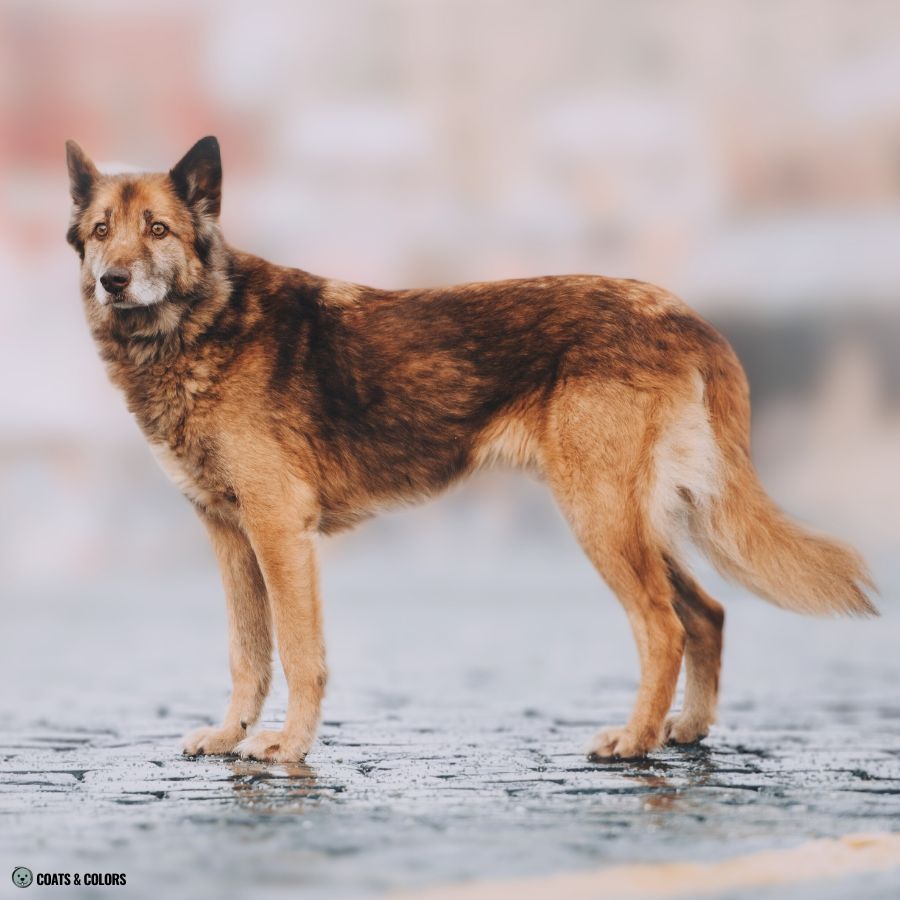
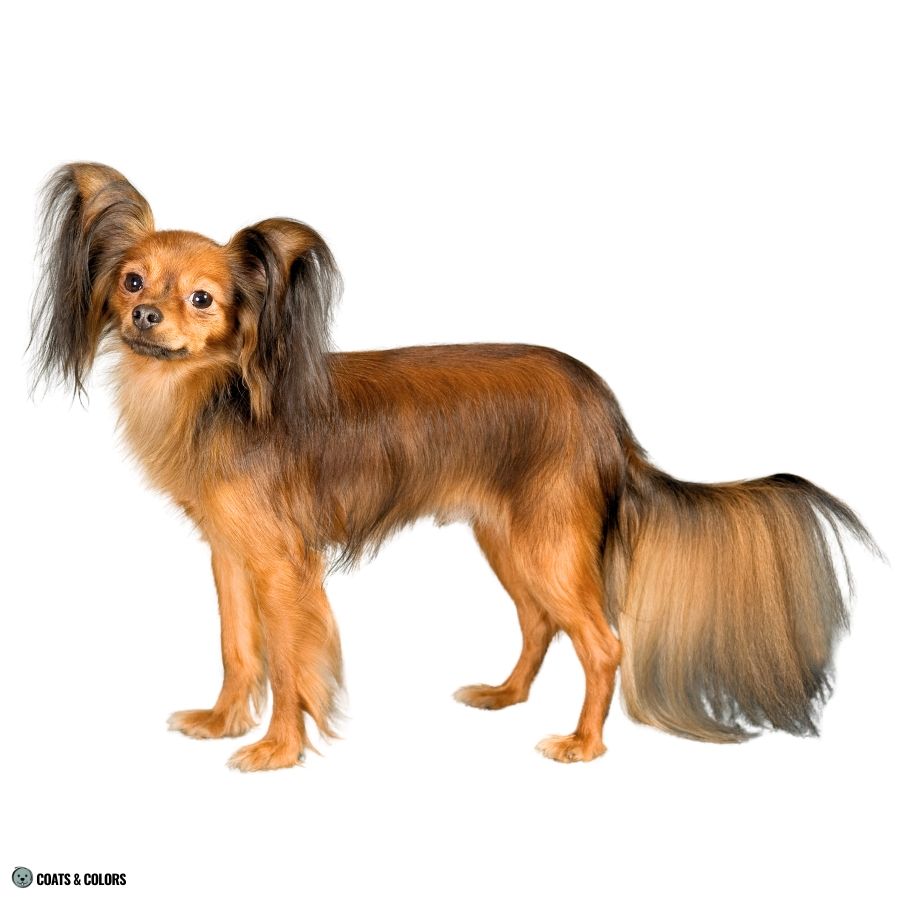
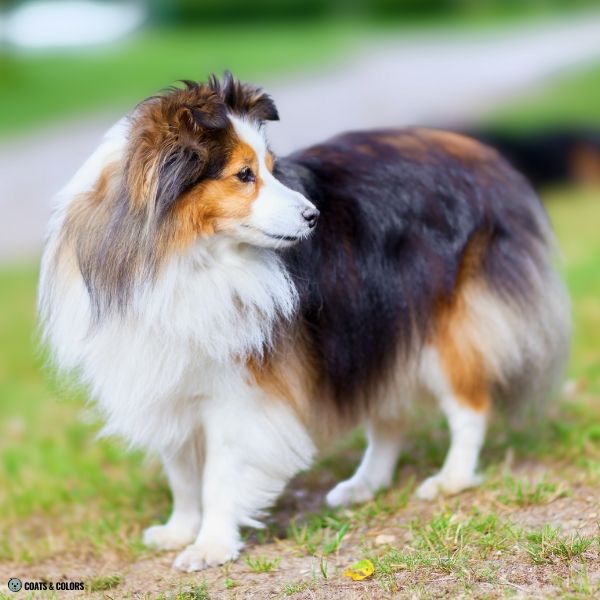
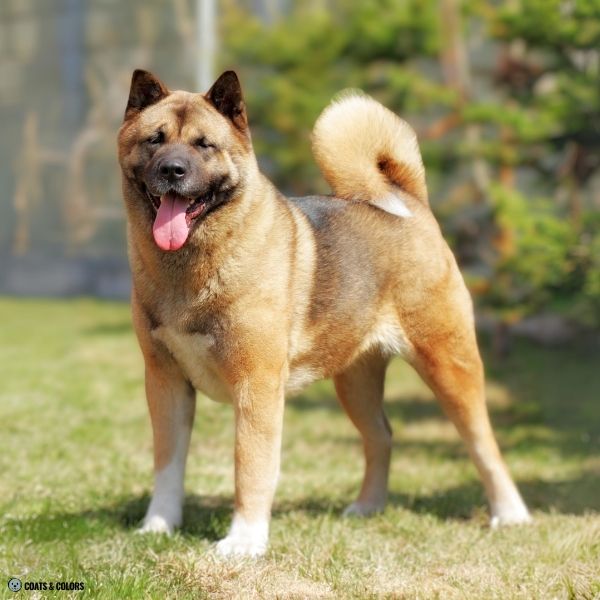
And sometimes, you have to rule out other patterns first.
Extended black masks can add to how dark a dog looks overall. And some sable breeds like the Malinois or American Akita occasionally produce dogs with super heavy dark shading.

Many dogs with a domino pattern, a weird merle expression, an agouti saddle, creeping tan, or just a faded saddle can make a dog look very sable-ish from afar.

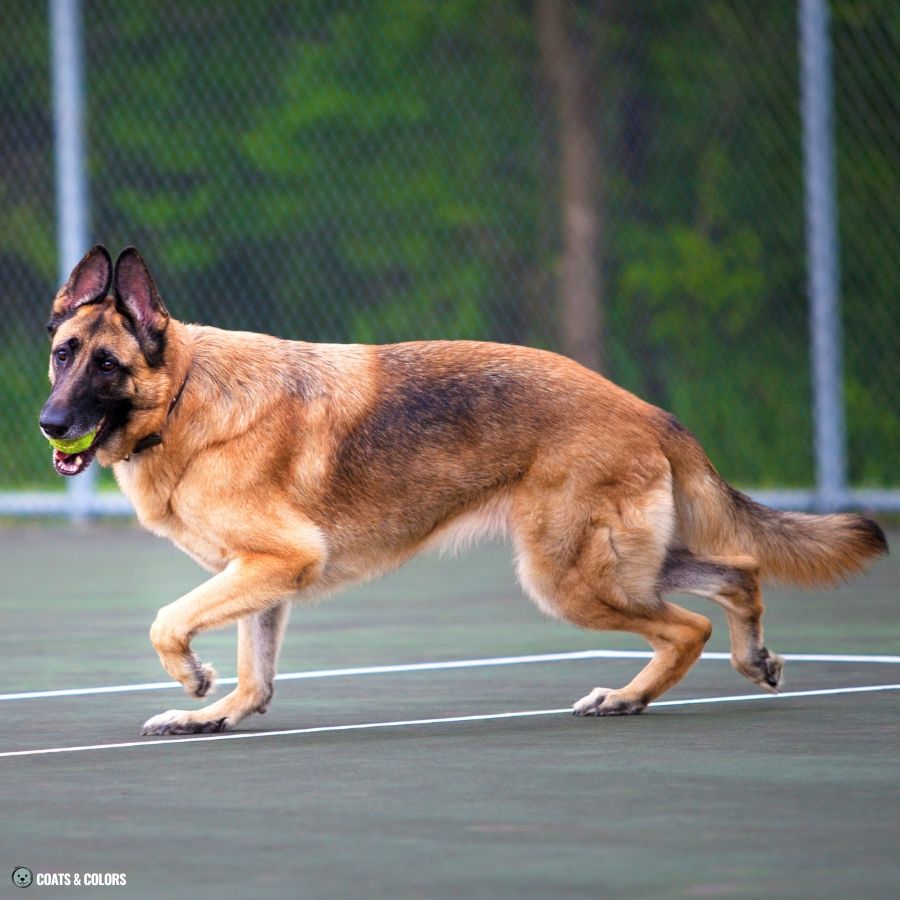
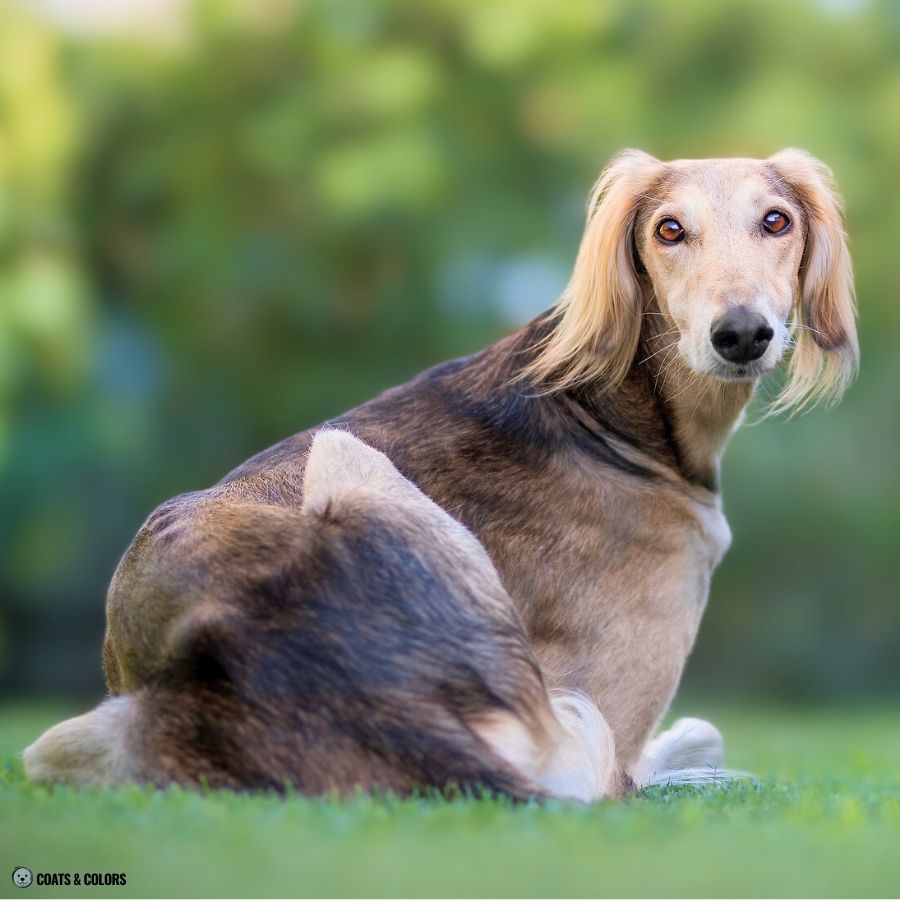
Puppy Coats
Agoutis typically look darker than their sable siblings. But it can sometimes be hard to distinguish between a dark sable and a paler agouti pattern, especially in puppies.
Both patterns can be so dark that puppies might look black or have fake tan points at first. After 2-3 weeks, sable puppies slowly begin to lose any dark face shading while agoutis do not clear as much.
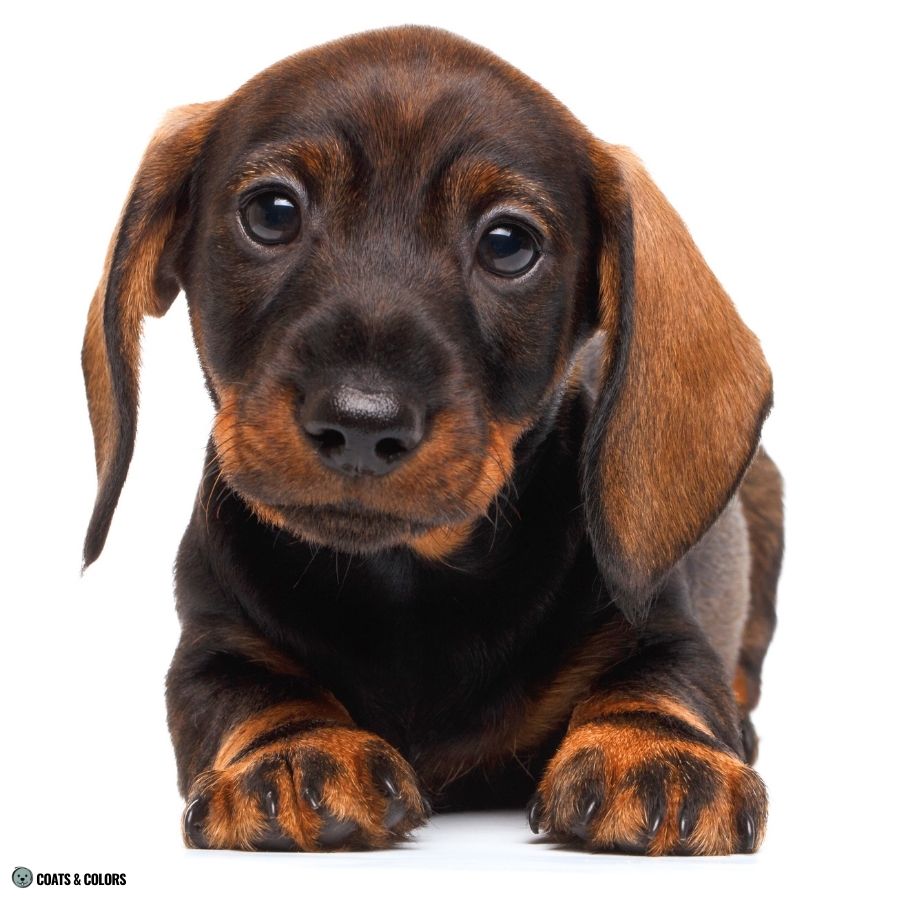

Some puppies clear later than others and some shaded sables or agoutis never fully clear. On average, expect agouti puppies to stay much darker with more eumelanin along their topline and face.
As youngsters, both shaded sable and agouti puppies tend to go through a pale phase before their hair banding or hair tipping returns. There isn’t really a foolproof way to predict how much shading a sable puppy will keep as an adult other than knowing his genotype and looking at close relatives.
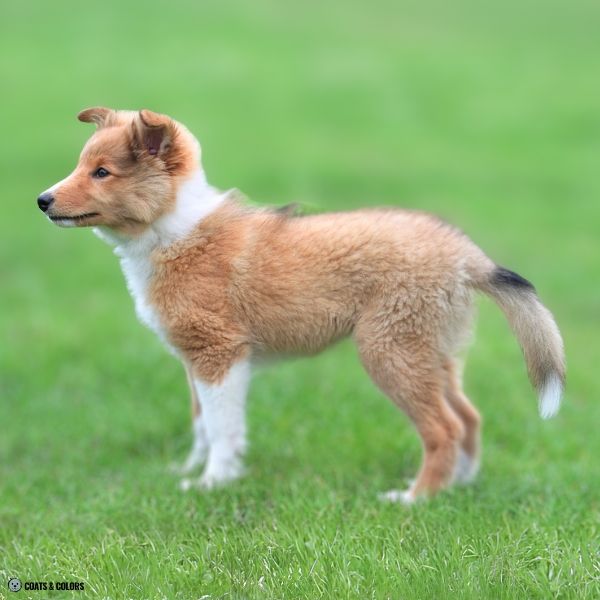
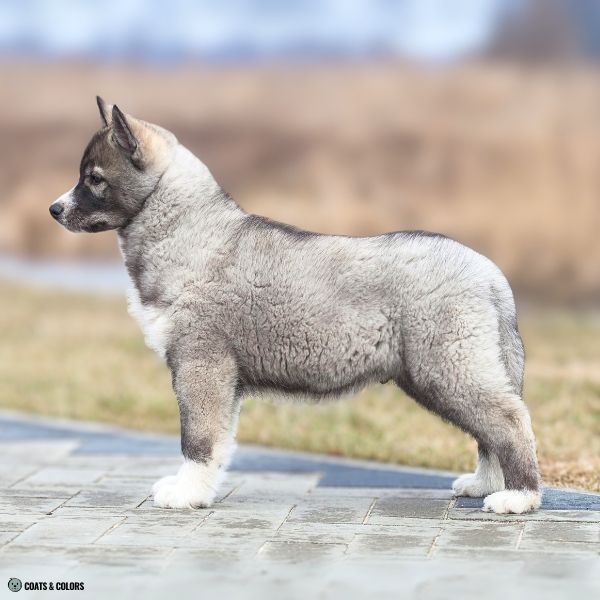
Sable & Agouti Genetics
Both sable and agouti are A locus patterns with both phaeomelanin and eumelanin eumelanin in them.
Agouti (aw) represents the wild-type pattern seen in our dog’s wild ancestors.
Meaning, sable and all other A locus patterns were derived from the agouti allele via mutation.
Sable comes in two distinct versions, with sabling (Ays) or without sable shading (Ay).
The sable pattern is characterized by more active phaeomelanin production both in the banding of single hairs (causing larger phaeomelanin bands, mostly only dark hair tipping) and/or in the overall placement of banded hairs (allowing more clear phaeomelanic portions on the upper body).
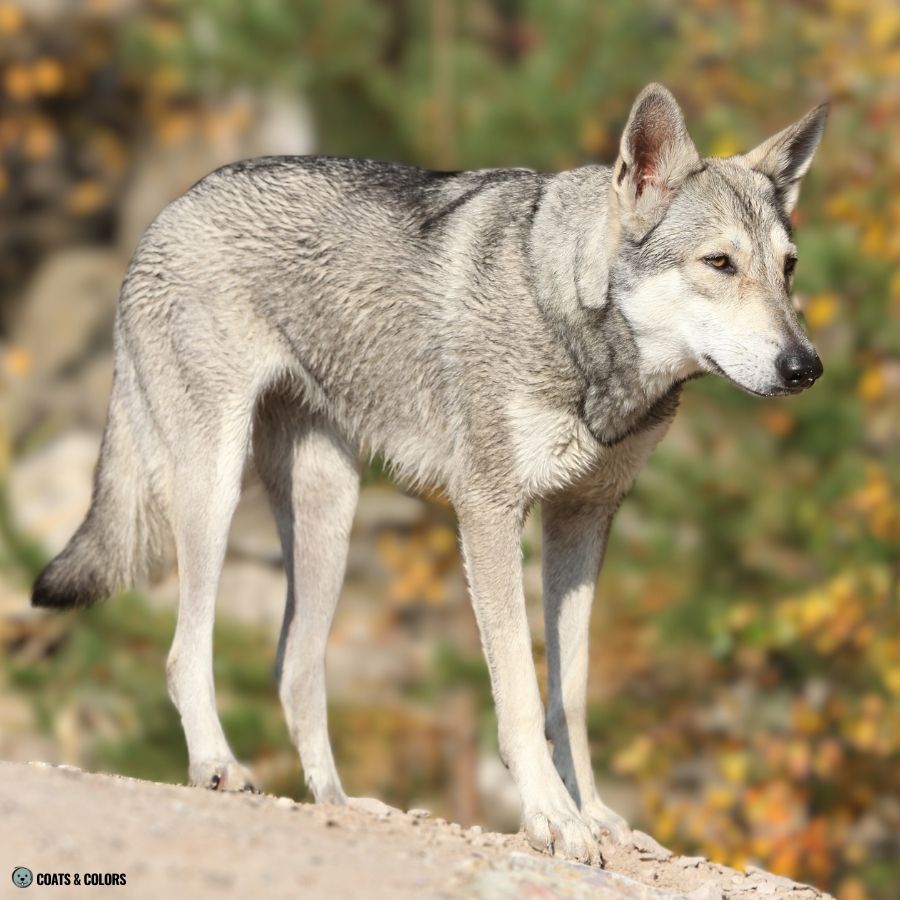
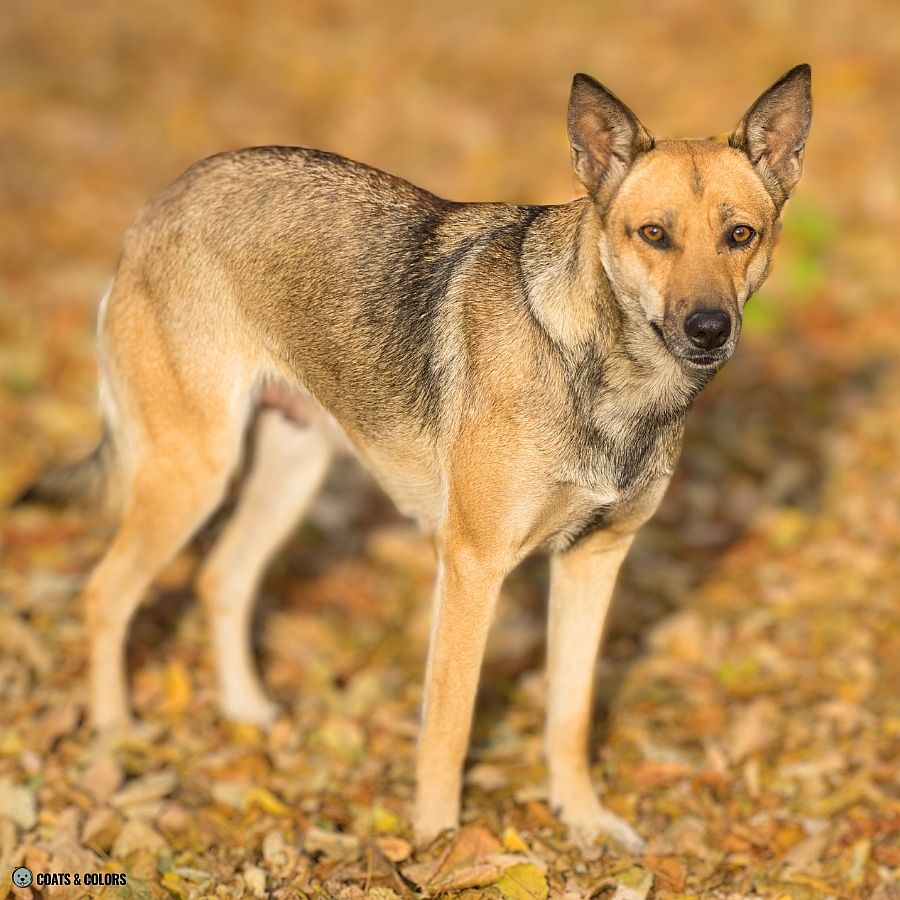
Sable is dominant over agouti.
Dogs need an Ay/- or Ays/- genotype to be sable.
Dogs need to be aw/- to be agouti.
And dogs need other traits that enable them actually to express their pattern.
In a nutshell, patterned dogs can neither be dominant black (KB/- prevents phaeomelanin production) nor recessive red (e/e prevents eumelanin production). Both traits would override pattern expression, as both only allow the production of one of the two pigment types each.
To get a sable or agouti pattern in its most basic version, dogs have to be ky/ky and E/-. By the way, being a recessive red carrier (E/e) can give more phaeomelanin than expected.
Even then, there is a lot of variety seen in A locus patterns.
First of all, there seem to be unknown modifiers that can alter pattern expression. Both, hair tipping in sables and agouti hair banding can be anything between somewhat faint to extra heavy.

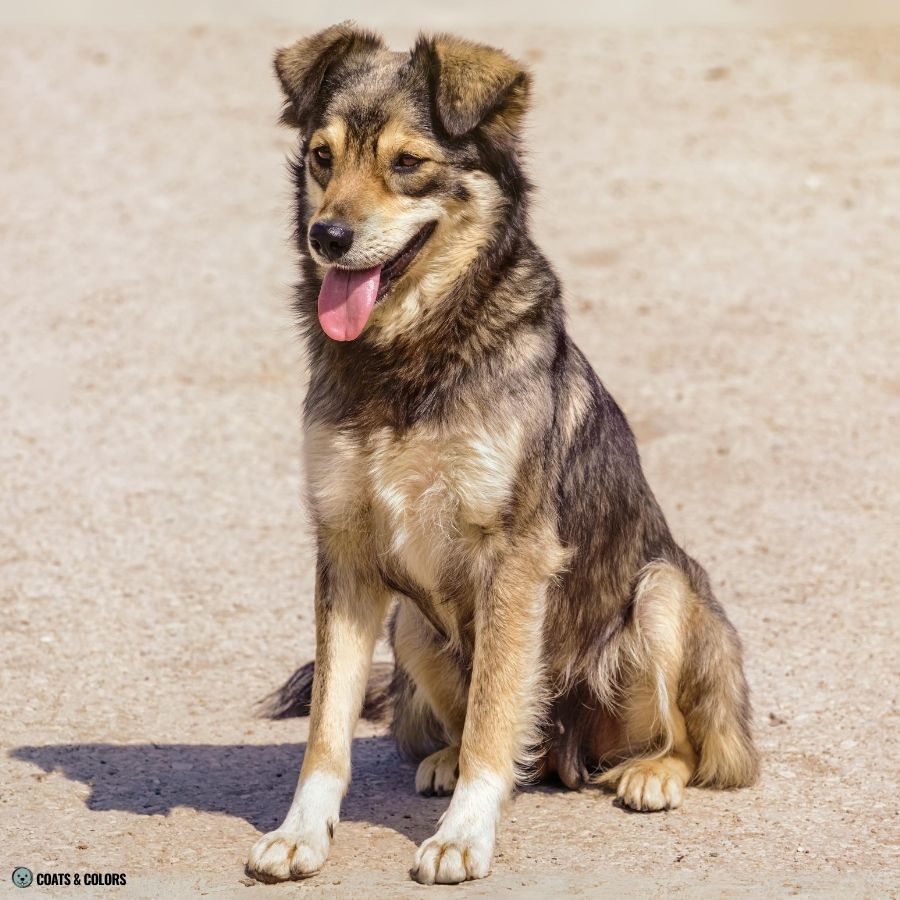
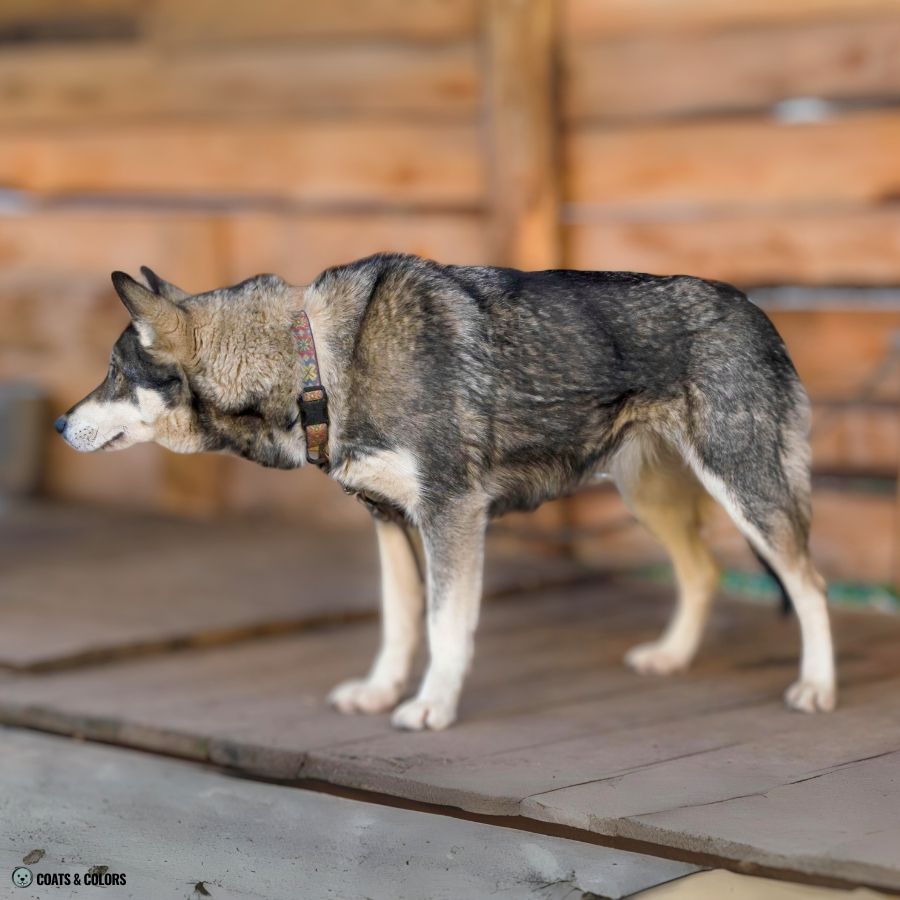



Additionally, A locus patterns tend to show incomplete dominance and there are a lot of intermediate phenotypes, depending on what a dog carries (think Ay/at or aw/a).
As a rule of thumb, the darker the pattern carried, the more eumelanin it will add to a dog.
Expect an Ay/at dog to have more shading than Ay/Ay siblings. Or an aw/a dog to have a very dark agouti pattern with dark sooty face markings compared to aw/aw.
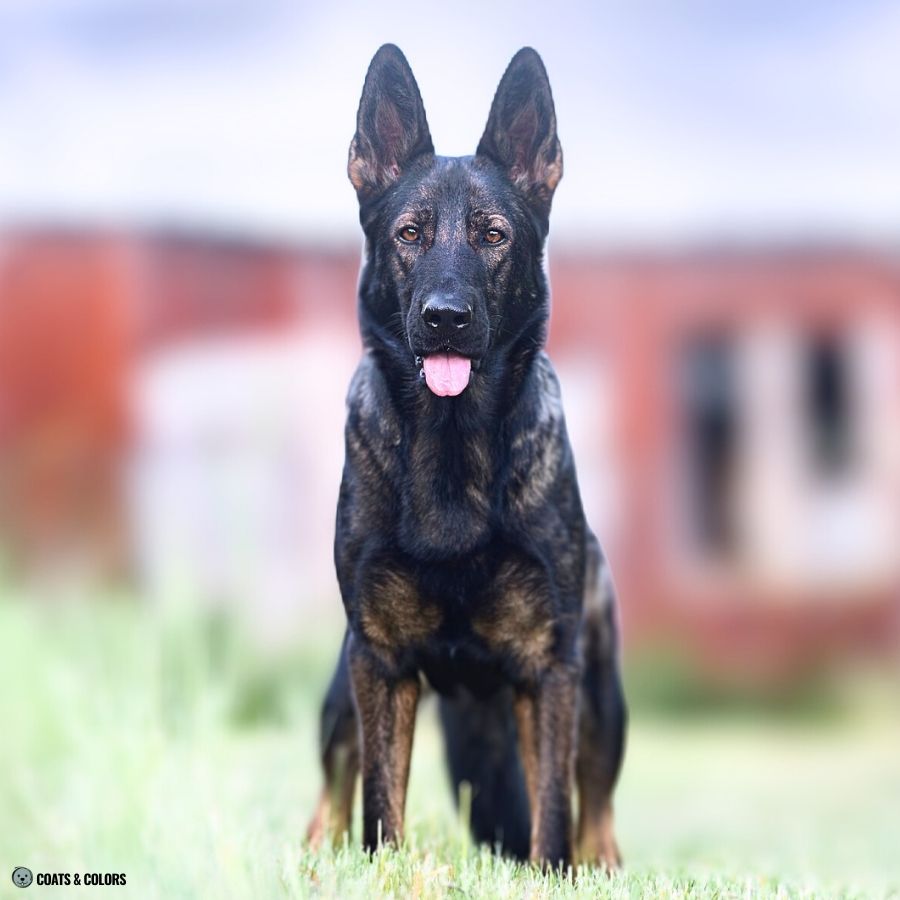

However, many heterozygous dogs don’t express the typical presentation of intermediate phenotypes. There have been clear sables with an Ay/at genotype or aw/a dogs with only a very light pattern.
It is still a mystery why many heterozygous dogs get lots of added eumelanin while some do not.
While many breeders can make an educated guess as to what a sable or agouti dog might carry as a second allele, there is no hard and fast rule for this.
Both shaded sable and agouti tend to be heavily shaded in newborn coats.
However, clear sable dogs lose any puppy shading they might have had.
This pattern is sometimes called “dominant yellow“.
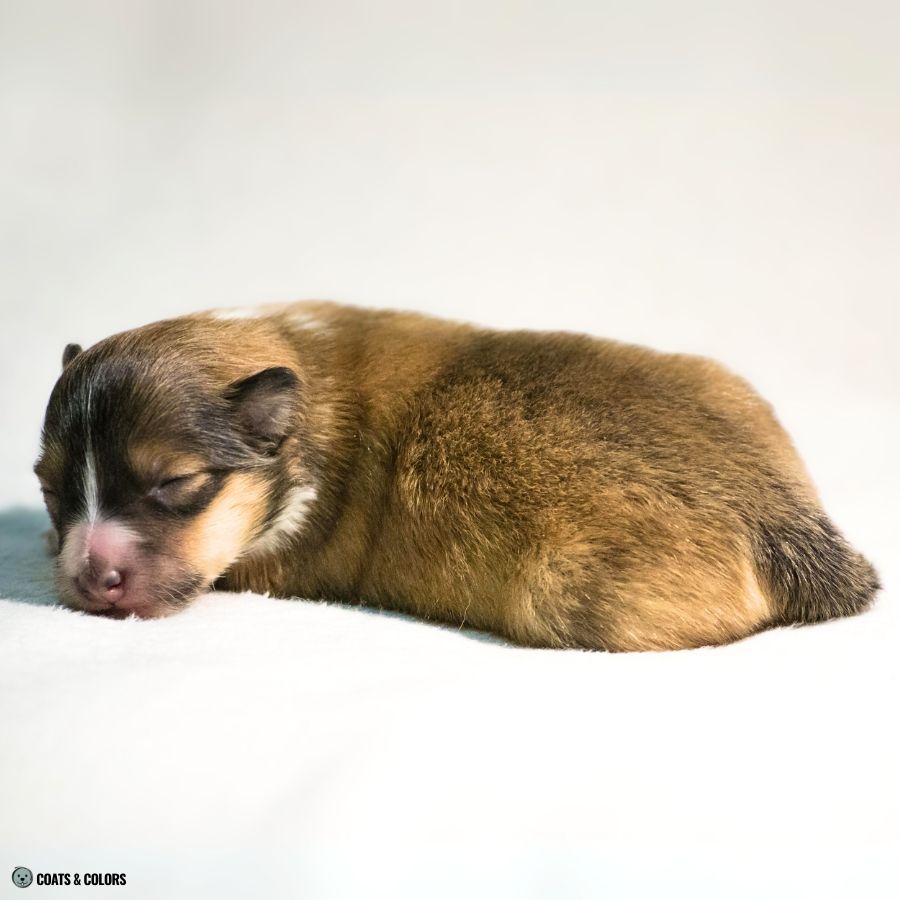
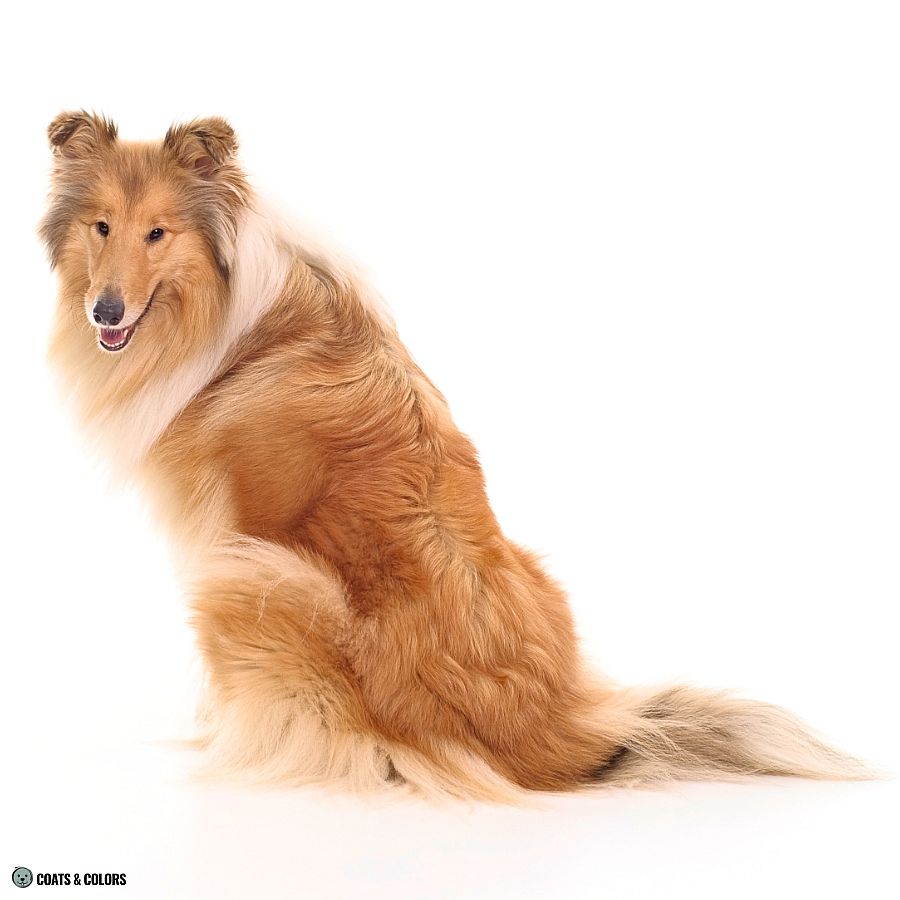
An almost solid phaeomelanic sable coat can be hard to tell apart from recessive red. But you will surely have absolutely no trouble recognizing that a clear sable is not agouti.
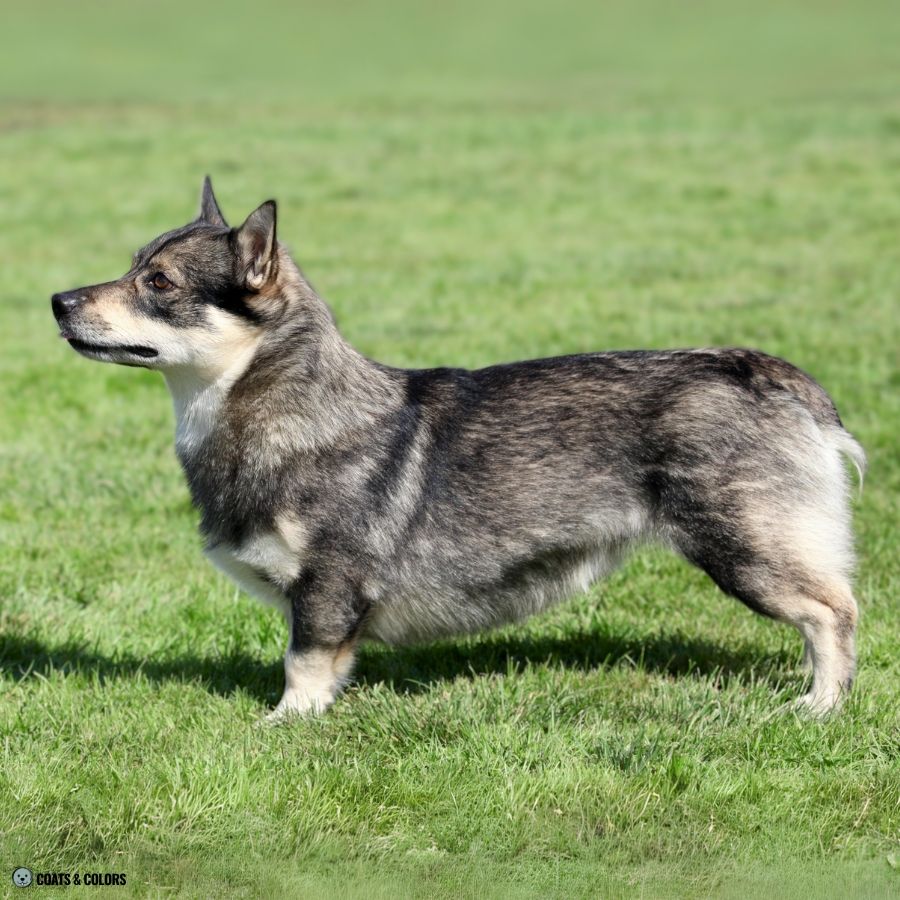

Next, we have shaded sable patterns.
These dogs keep or regain much of their dark puppy shading.
Dark sabling happens in Ays/- dogs and very frequently happens in dogs carrying one of the more recessive patterns and expressing an intermediate phenotype (such as Ay/at).
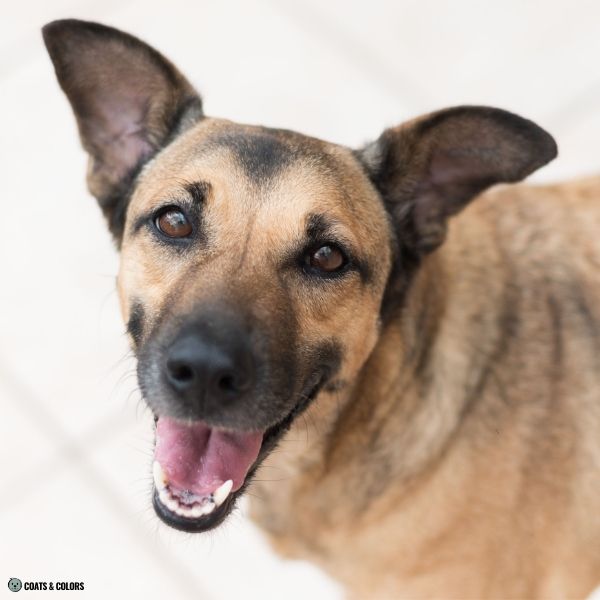

Several other traits can add to the base patterns and make it more difficult to tell the difference.
Overall, there are many dogs where it’s hard to nearly impossible to guess the pattern. Especially if you can’t see all of the dog, don’t know how old it is, and don’t have puppy pictures.
You need some contrast between phaeomelanin and eumelanin to see a dog’s pattern.
Eumelanin colors other than black (brown, blue, lilac, cocoa) can make it hard to spot hair banding or face markings. Phaeomelanin intensity can also vary between dogs with some having countershading.
Progressive graying can cause dark hair tips or hair banding to fade in color.
Btw, with many exceptions, very light phaeomelanin is more common in agouti dogs than in sables.





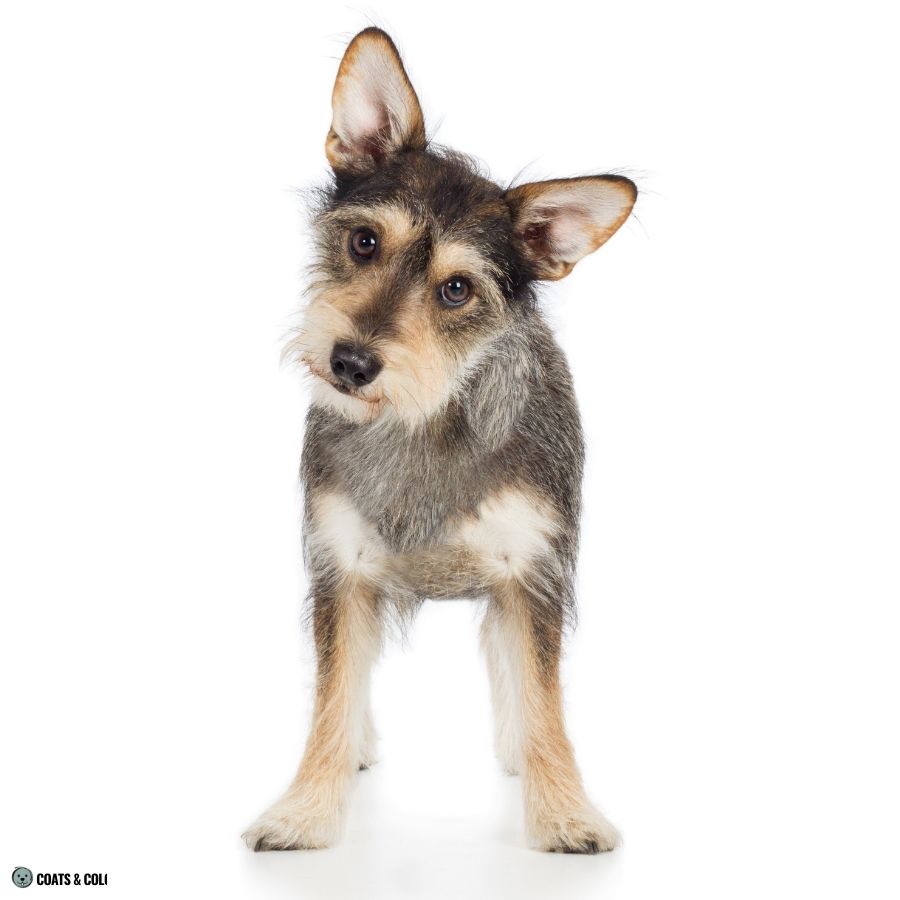
Brindle (kbr/-) at the K locus adds dark stripes on top of the pattern.
Masks (Em/-) at the E locus add a dark overlay on top of the face markings. In some dogs, heavy masking can also add dark shading to a dog’s chest or legs.
Domino (eG, eA or eH) at the E locus removes some eumelanin from the pattern. It can remove some dark shading from a pattern and produce paler roots and paler undercoats. A weak agouti domino or a strong tan point domino pattern can easily resemble a shaded sable, widow’s peak and all.
White spotting (piebald sP or other) can erase some of the pattern. And it doesn’t help if this affects the areas of the pattern you need to investigate to tell both patterns apart, doesn’t it?
Some merle expressions (M*/-) can remove random patches of the eumelanin in a pattern, dogs can be sable merle or agouti merle. In higher doses, merle can even delete pigment to white.
The coat type and texture also strongly affect how we perceive a pattern. Different coat types can make it very hard to see subtle differences that would have been hard to catch even in shorthaired dogs.
Curly and wiry coats can make pattern markings very fuzzy.
And very longhaired dogs often tend to produce exceptionally darkish coats due to super long dark hair tips. This almost solid black look on a sable dog’s back is not possible in shorthaired sable coats.
The other way round, by clipping off the tipped or banded hair lengths and leaving only the paler hair roots in furnished dogs, you can make a dog look much lighter than its pattern suggests.
Sable patterns can be anything from solid phaeomelanic to so heavily shaded that there might be some leg or face shading visible, especially in longhaired dogs or dogs with black masks.
Agouti dogs can be so light that you maybe almost can’t see any of their leg or face shading. And a darker agouti pattern can lean toward an almost tan point-ish look.
In many cases, the only way to tell both patterns apart is genetic testing.
Note that there is no color testing done for the aw allele. Having an aw/- result is determined by looking for and excluding all of the other testable variants (sable, tan points, saddle, recessive black) at the A locus. If your dog tests aw but doesn’t look it you might consider contacting the testing company.
Weird Patterns
Within each pattern type, there is a lot of variation in pattern expression.
This creates a continuum with no hard border between neighboring patterns. Also, there have been so many exceptions to how genotypes should correlate to phenotypes.
A locus patterns are not always predictable and some dogs might express “weird patterns”.
There have even been heterozygous sable dogs that show pattern overlap bordering so hard on agouti that they express both a widow’s peak plus a faint nose bar or some faint dark eye shadow.
There have been some spitz-type dogs that test as Ay/at but express what looks like an agouti pattern.
Then there are aw/- dogs that form a sable-like widow’s peak. In the Kishu Ken, some dogs tested as aw can look like a shaded sable as adults but will have a faint agouti-like mask as puppies.
In summary, there is still much to learn about A locus genetics.

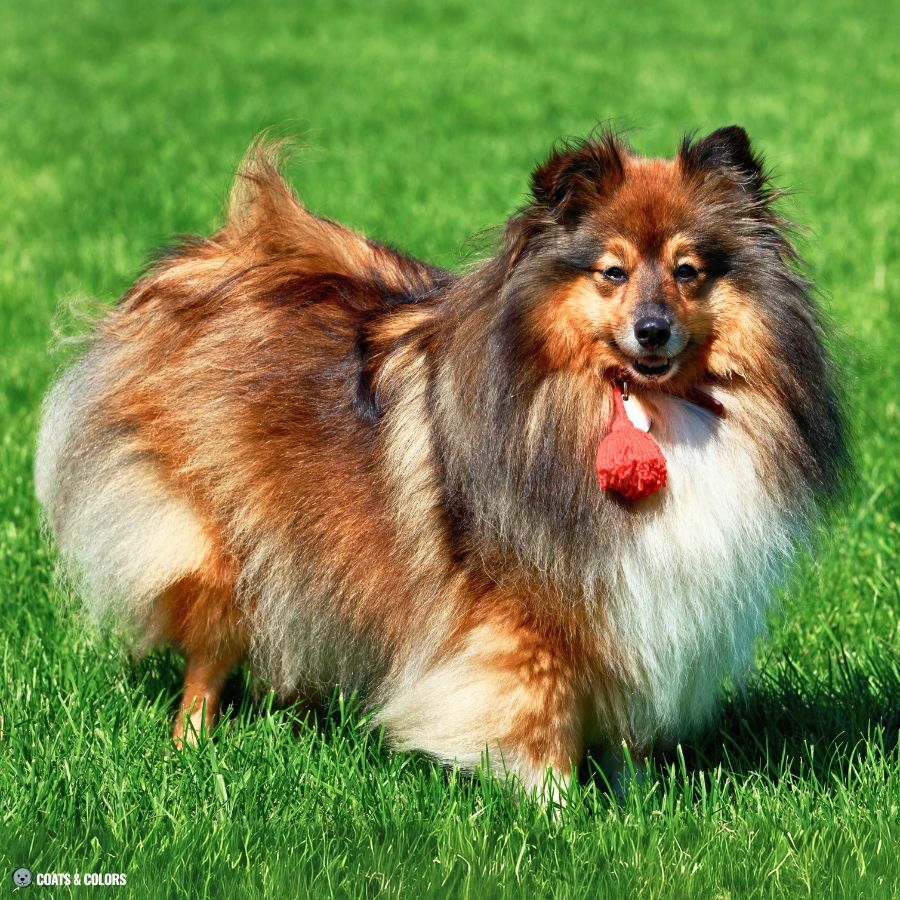
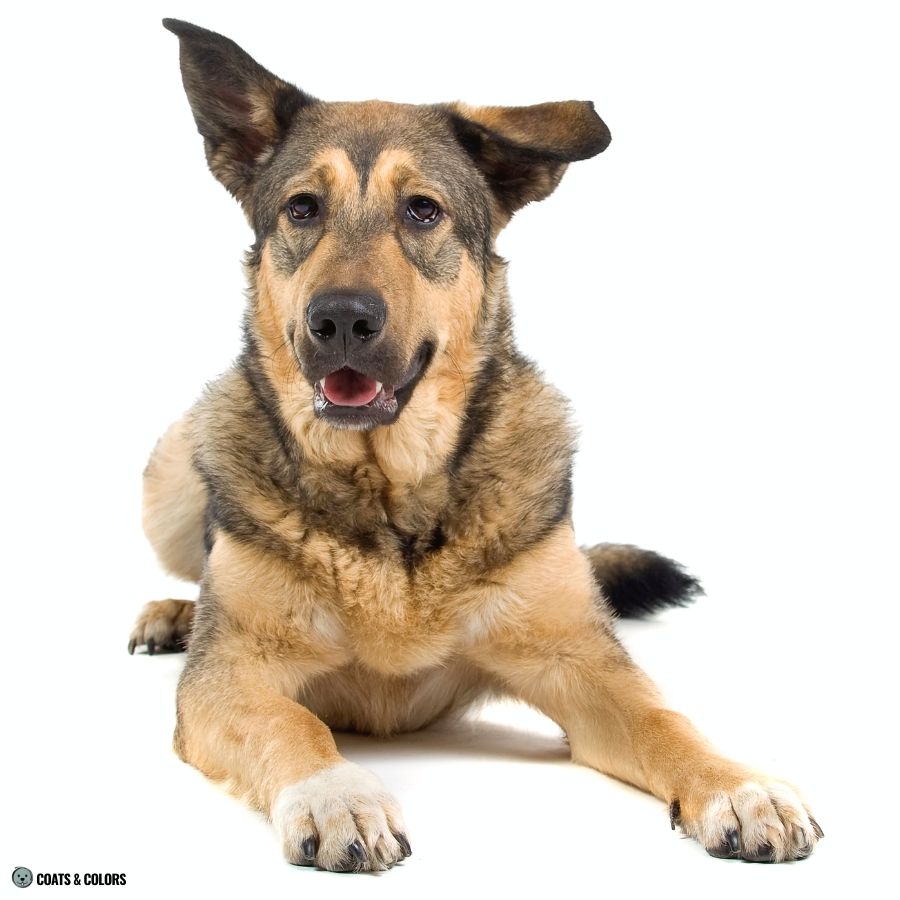
Learn More

Hi! I’m Steffi. I am a biologist and a big time dog nerd. You are curious about coat color genetics? You’ve come to the right place! Read more.

